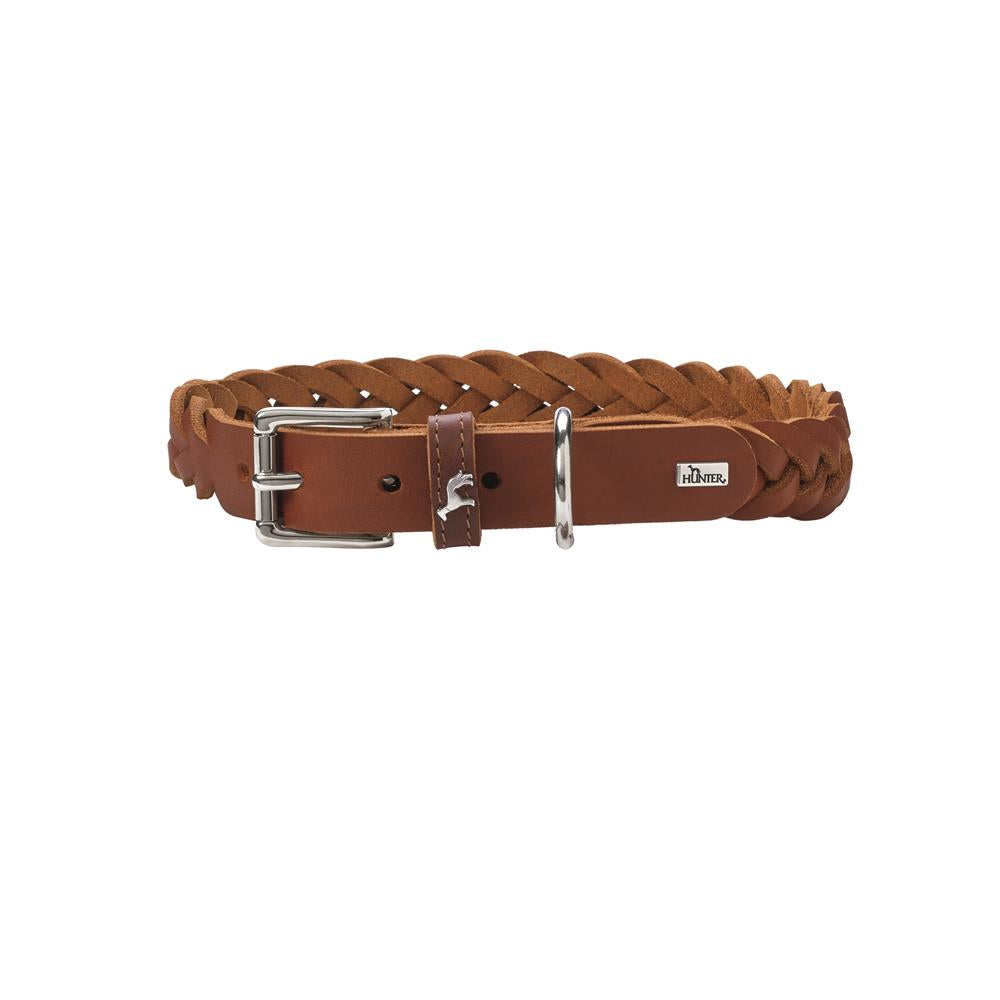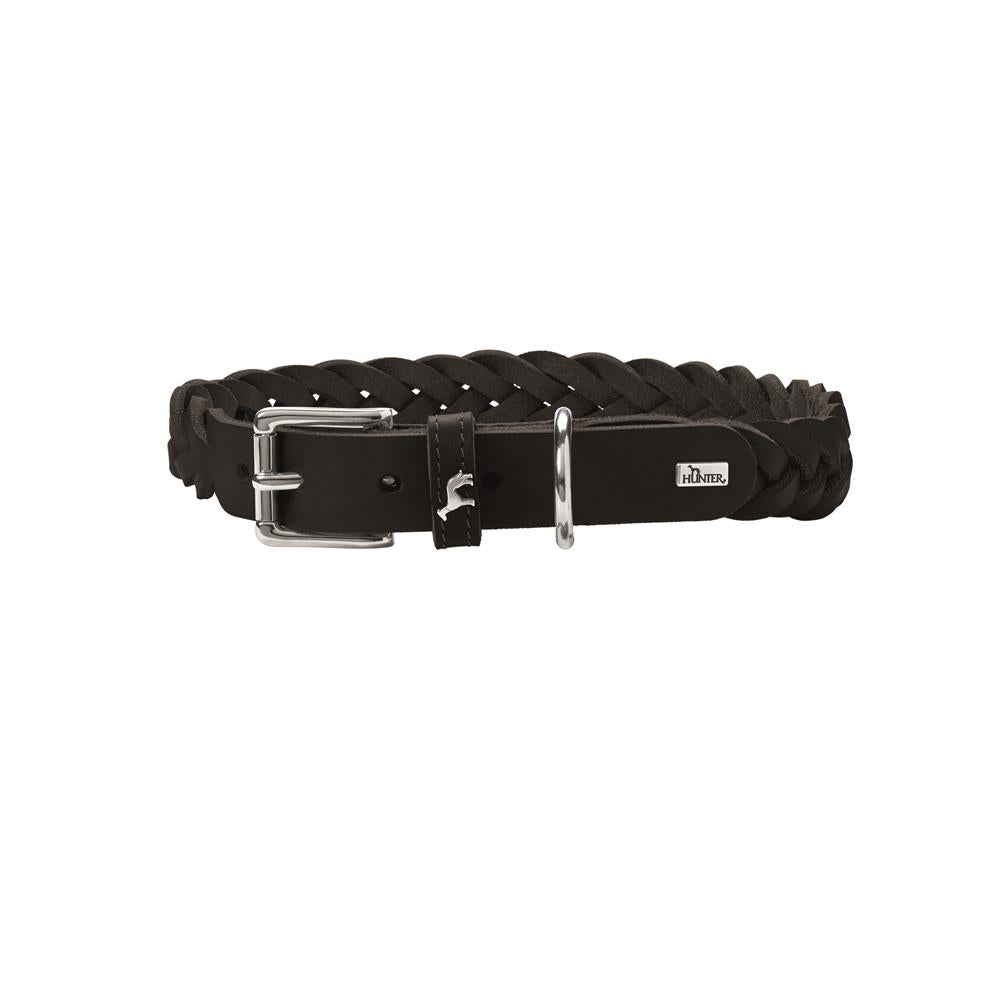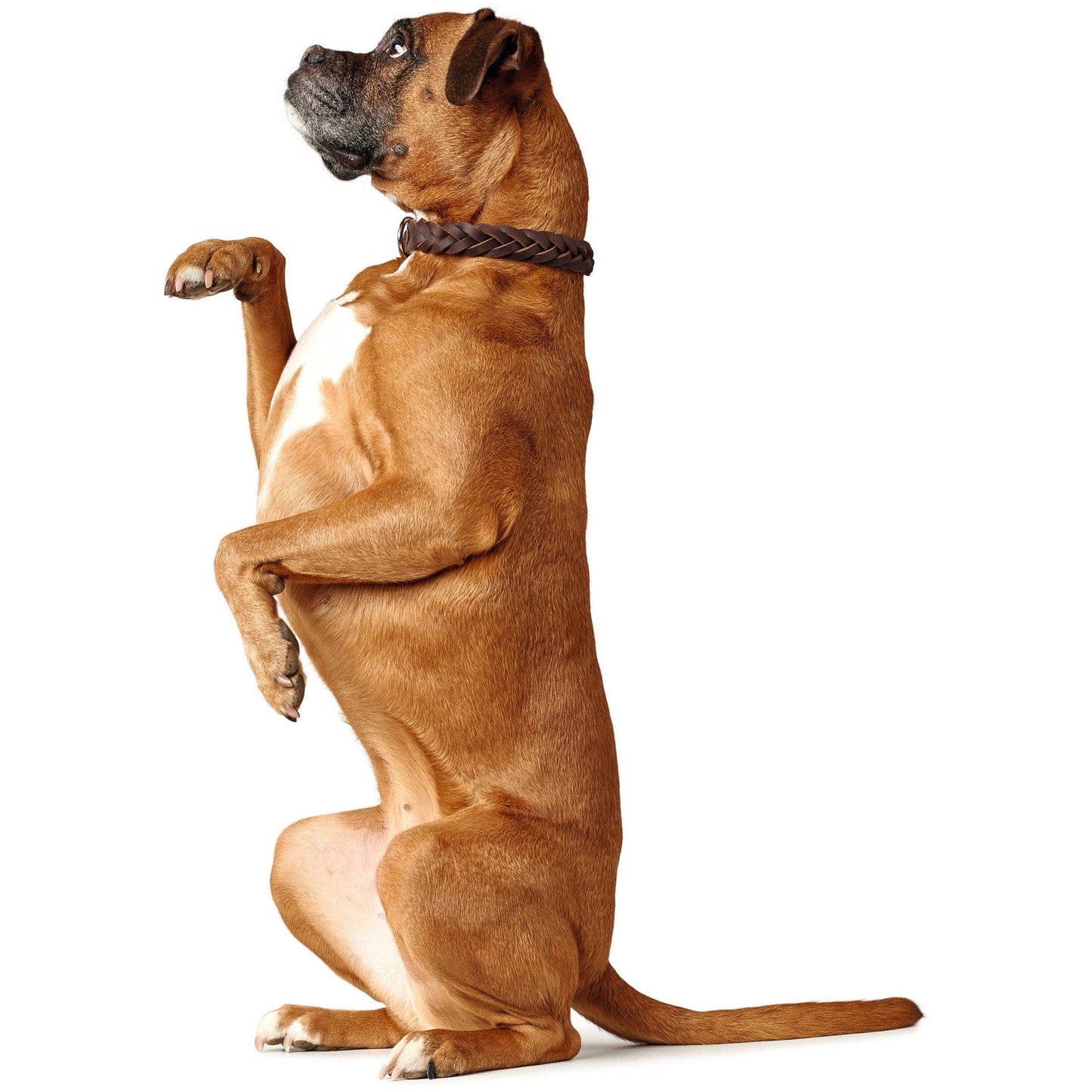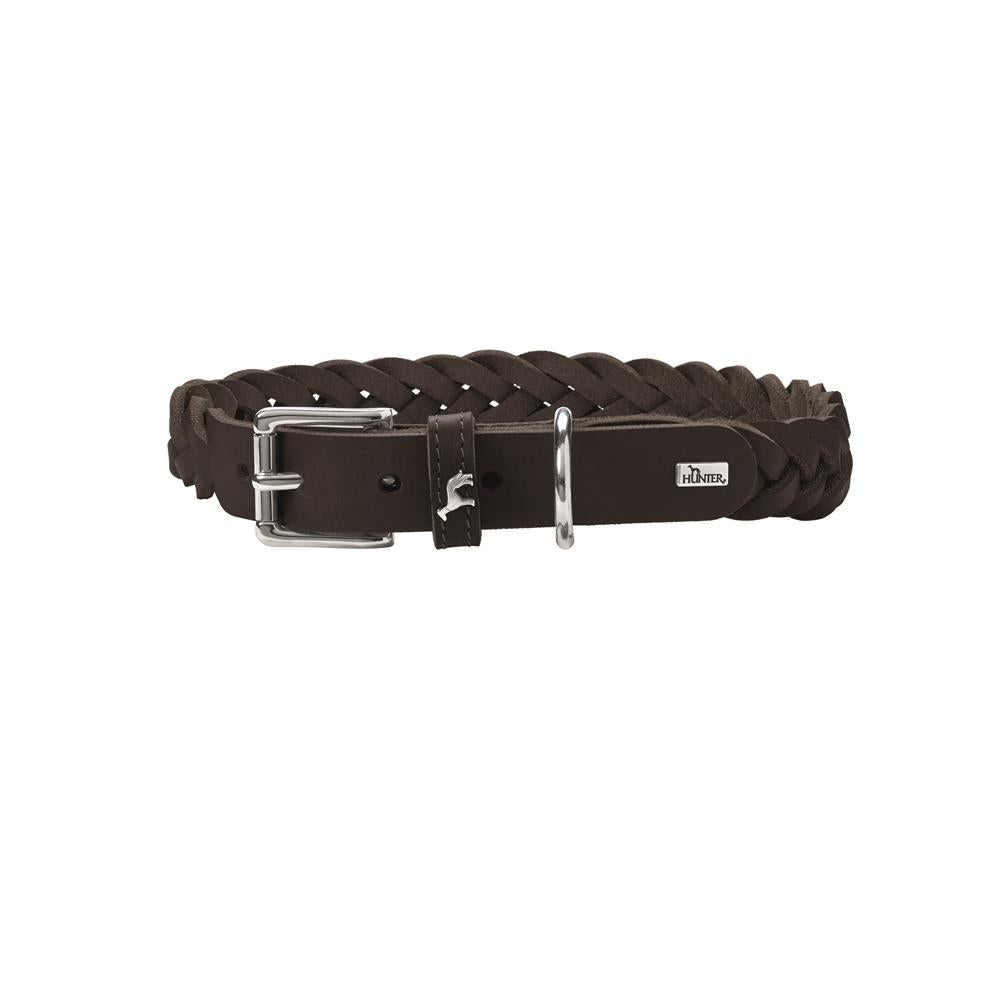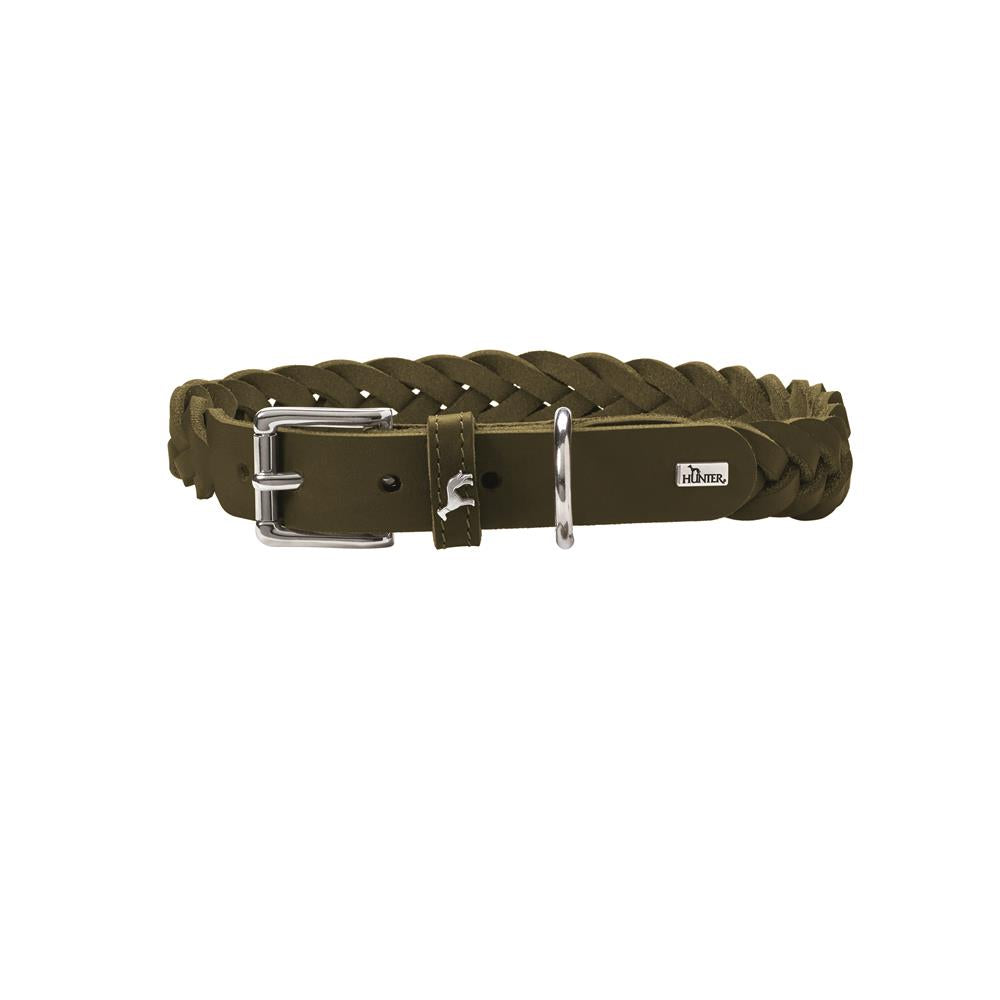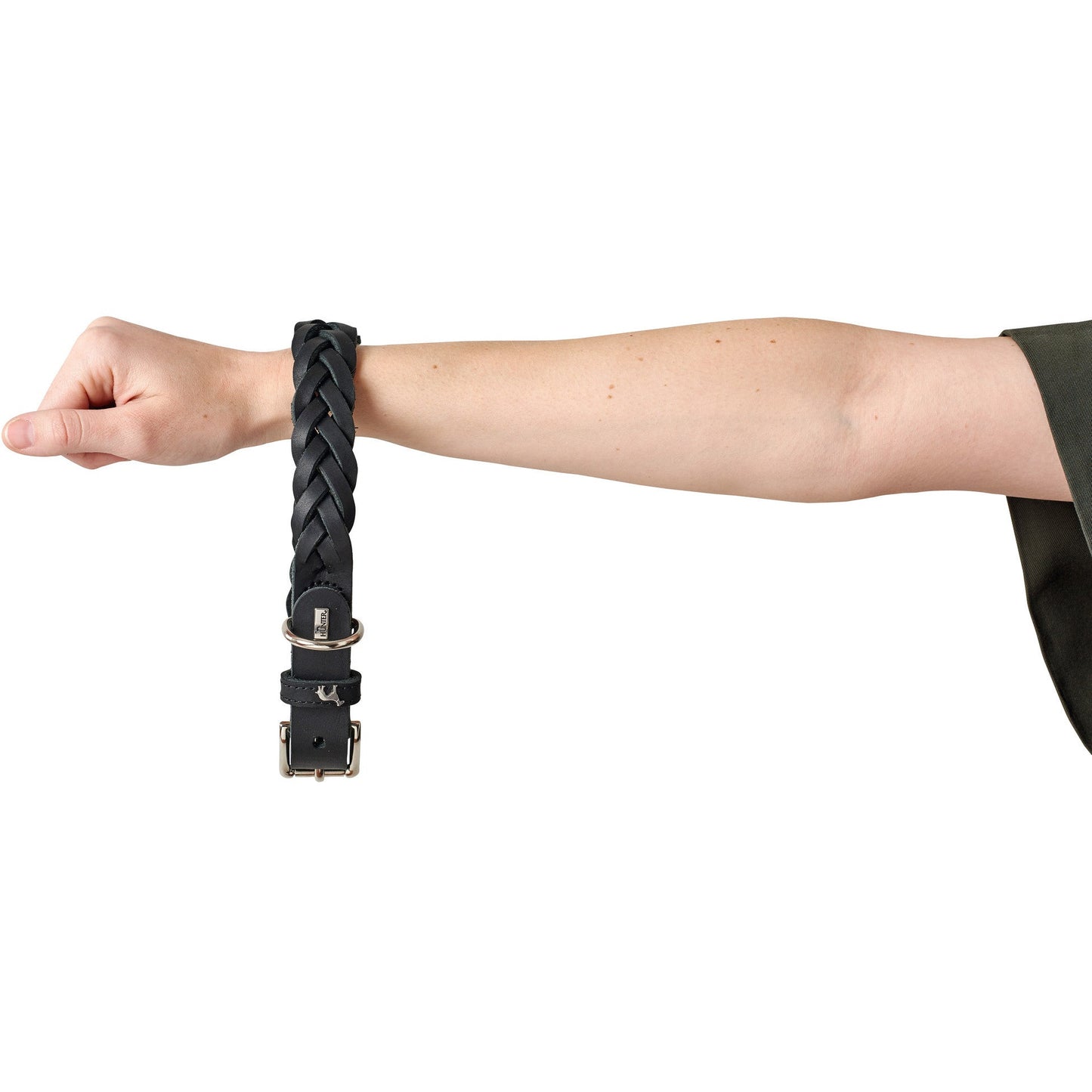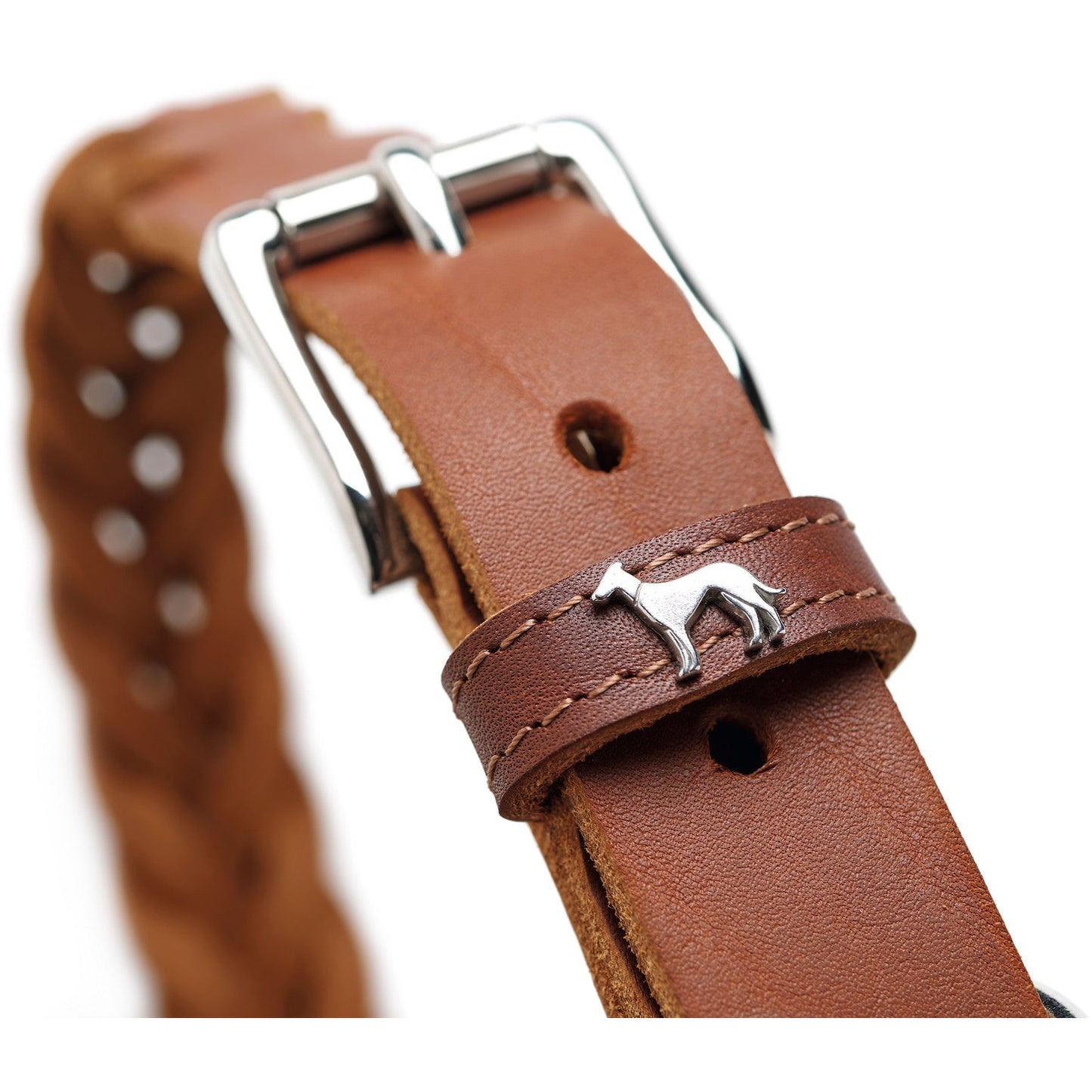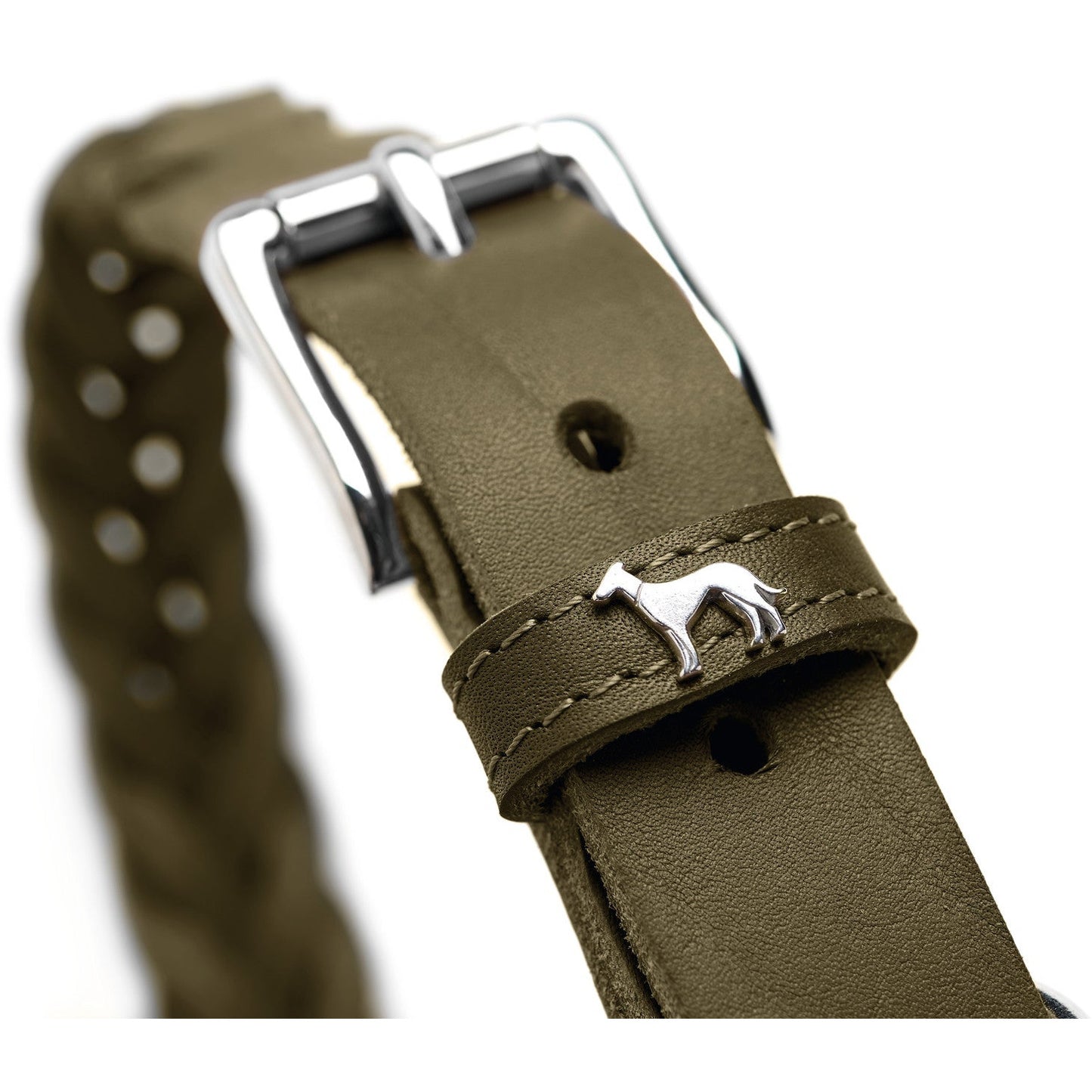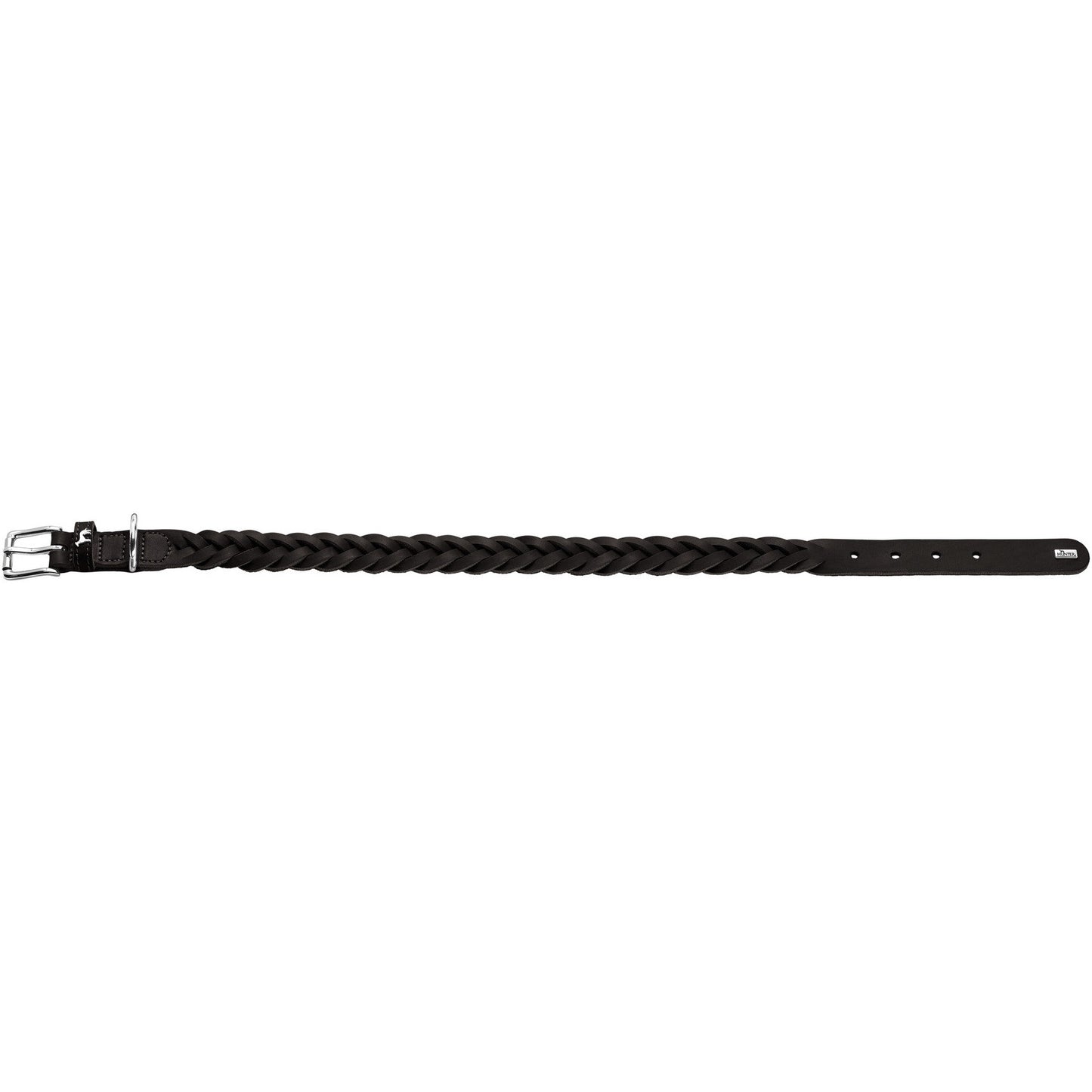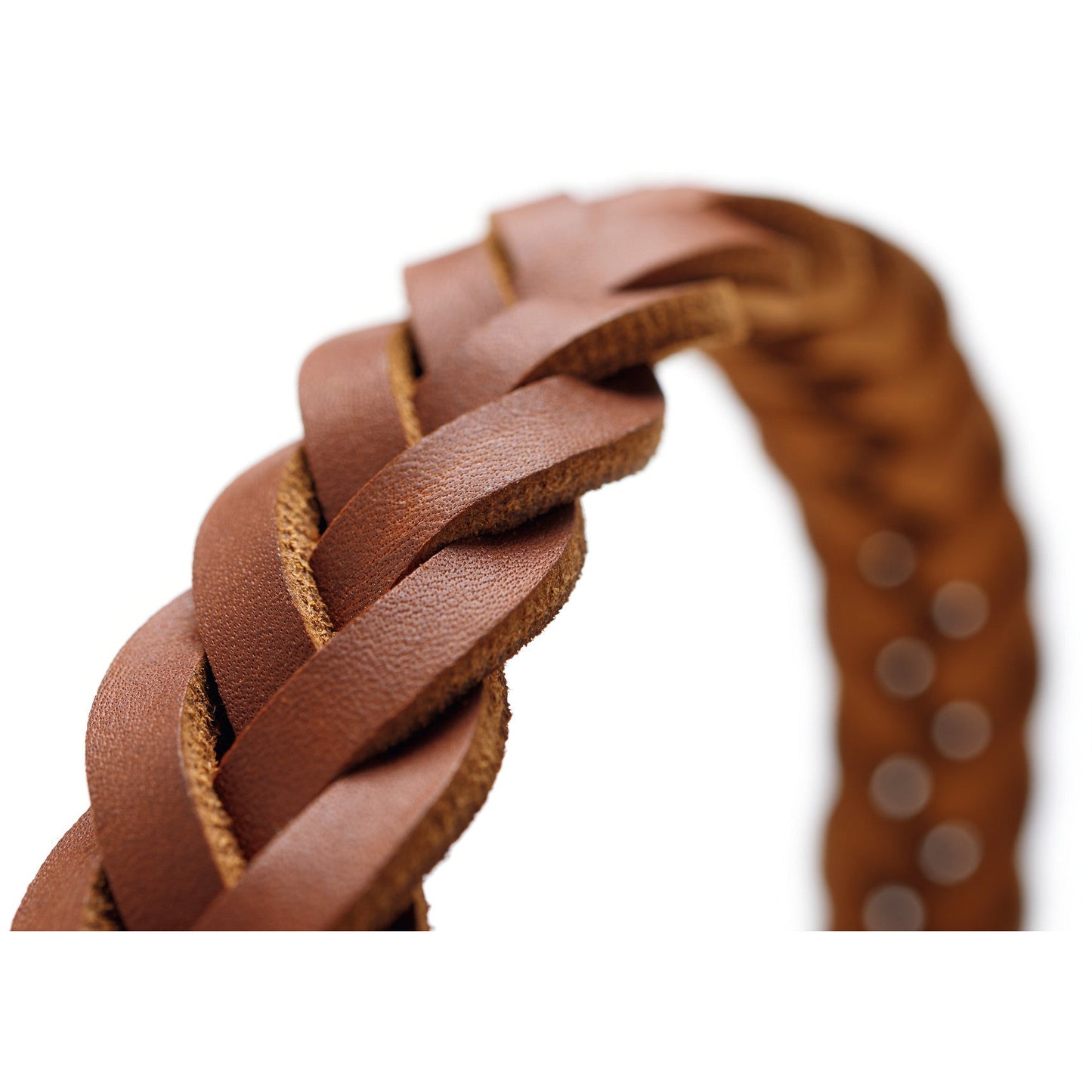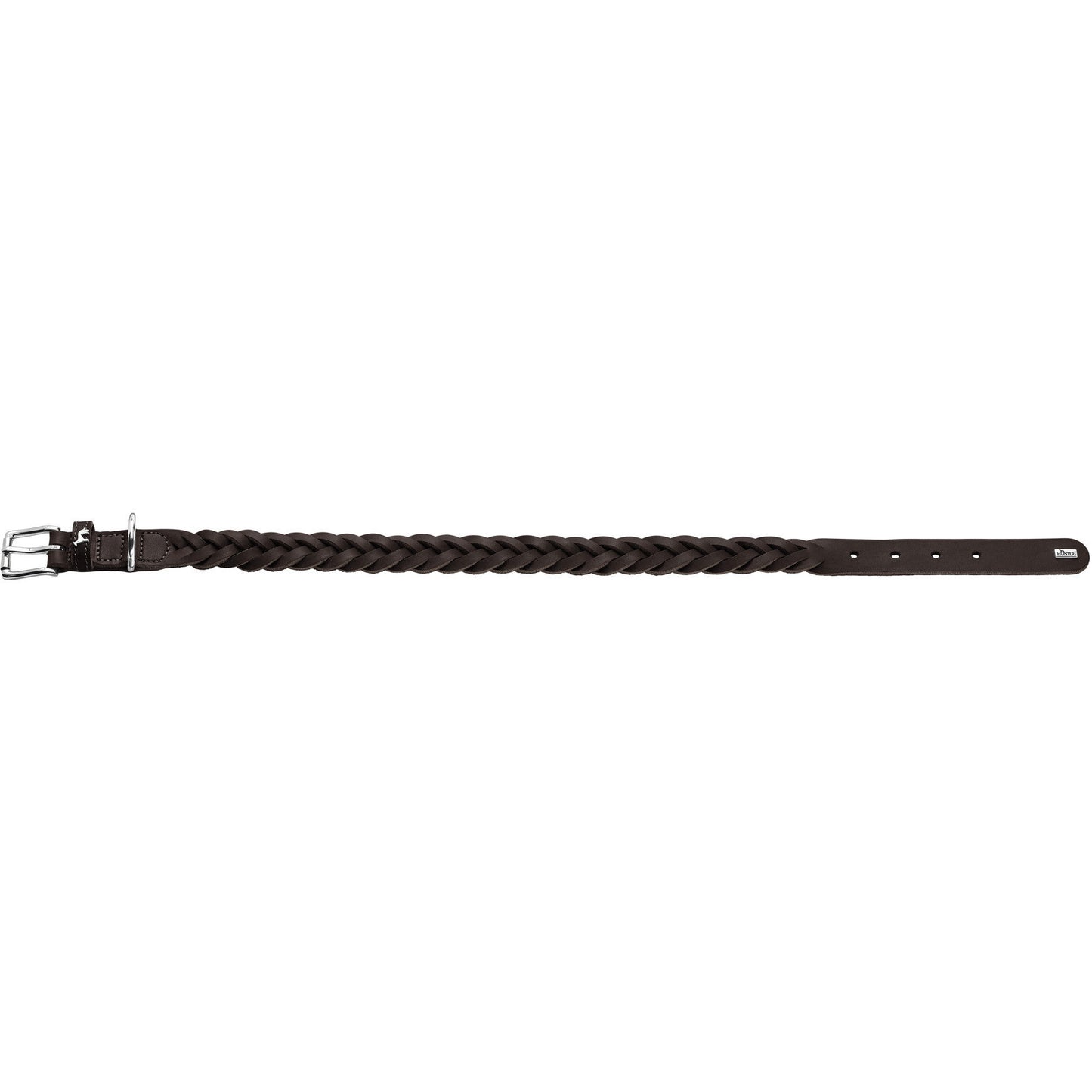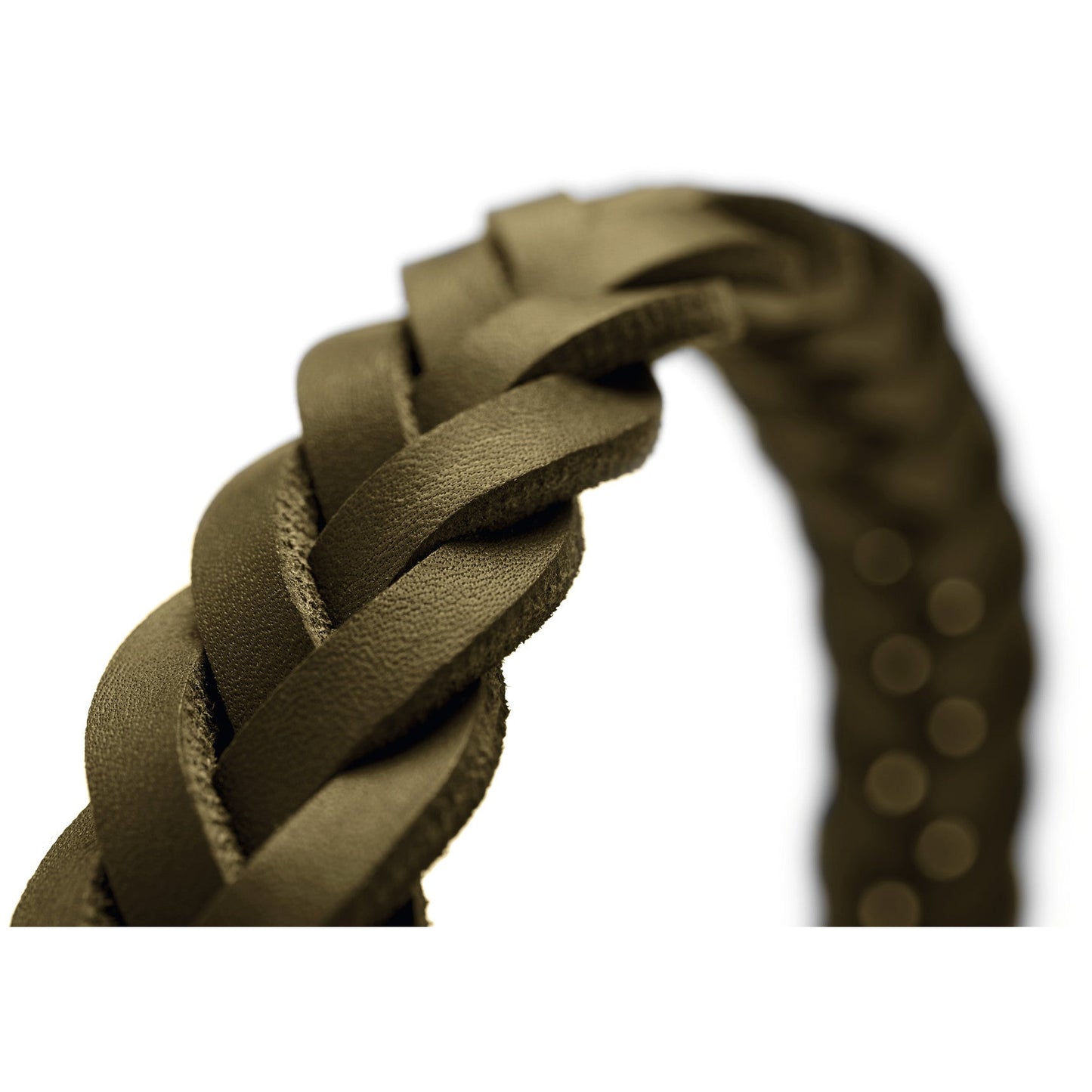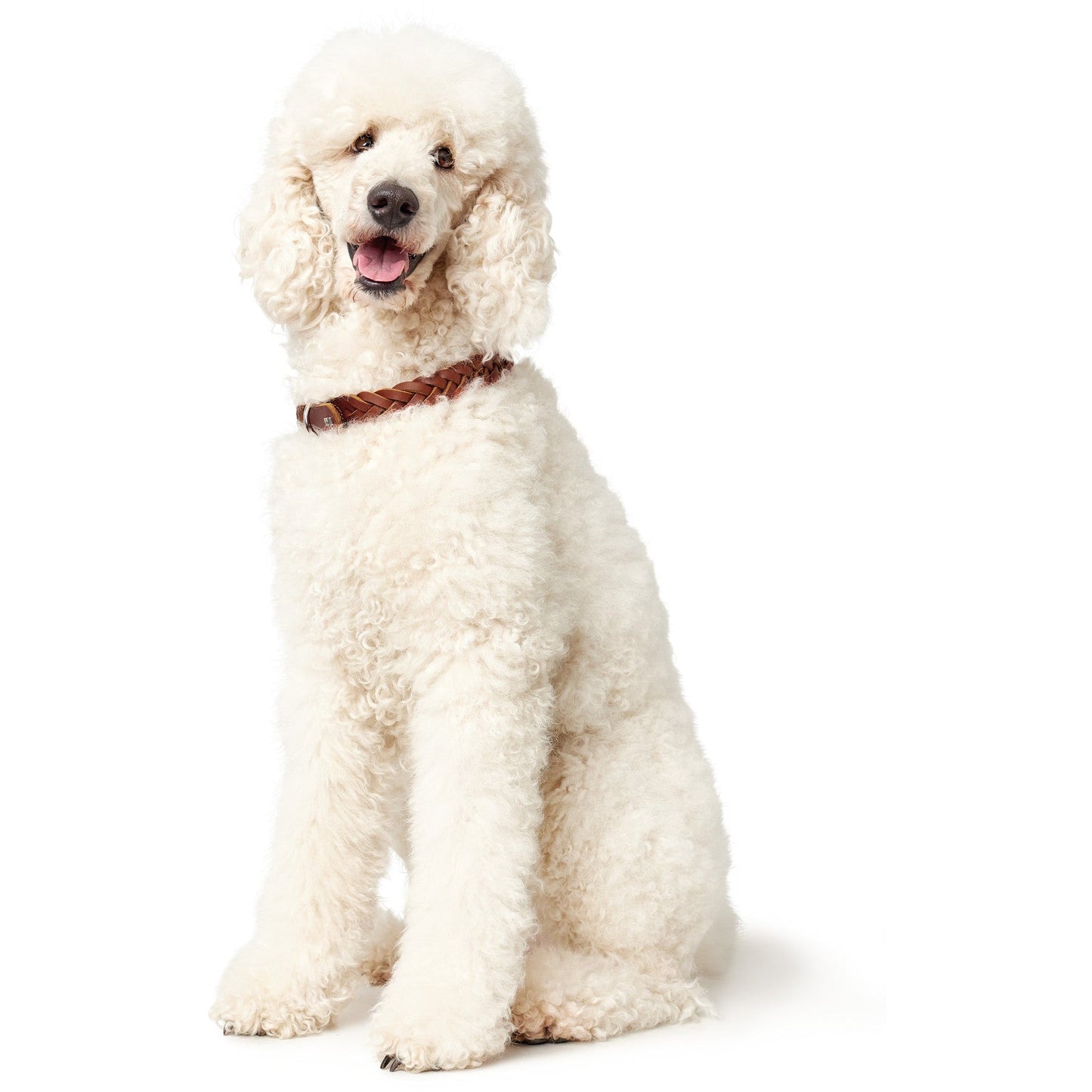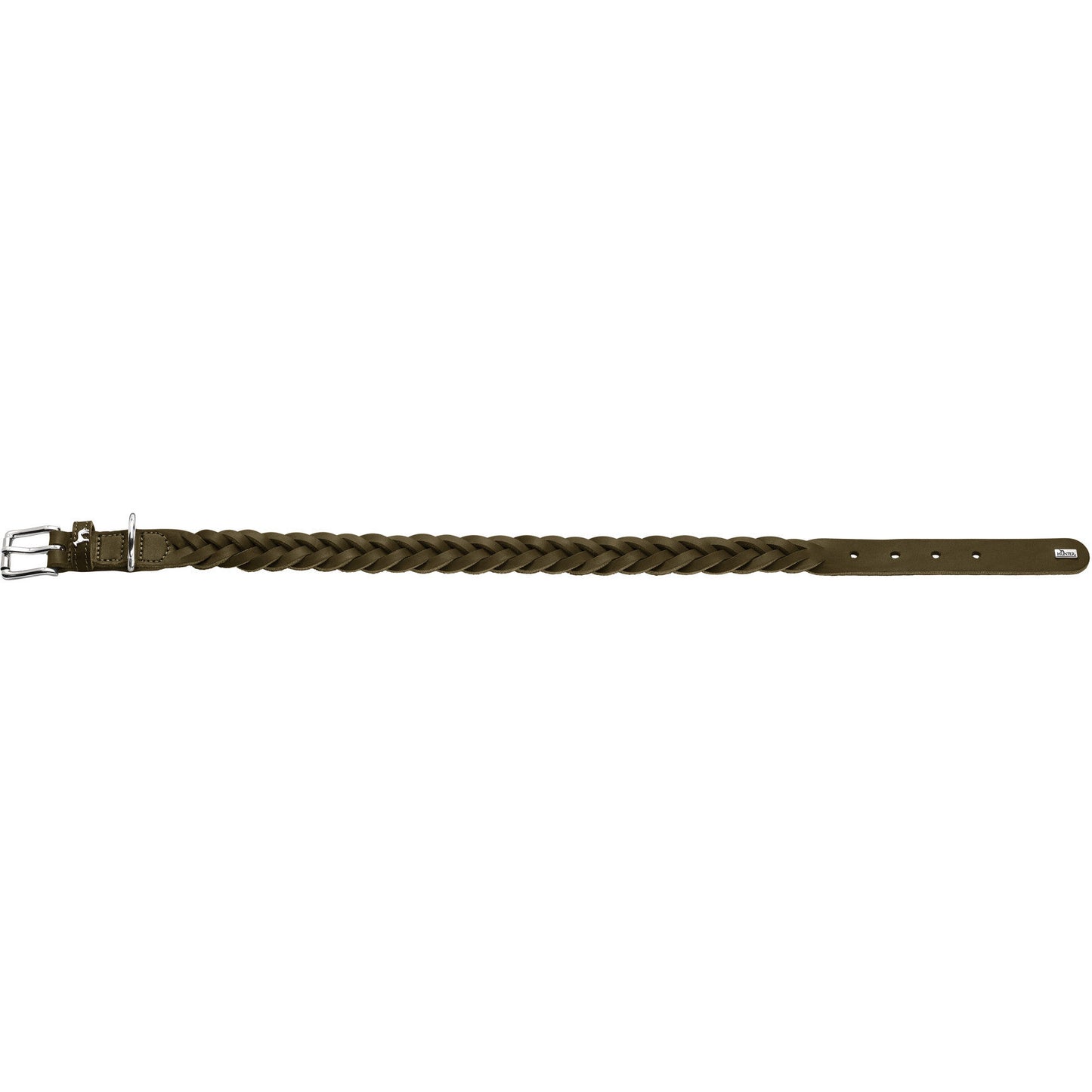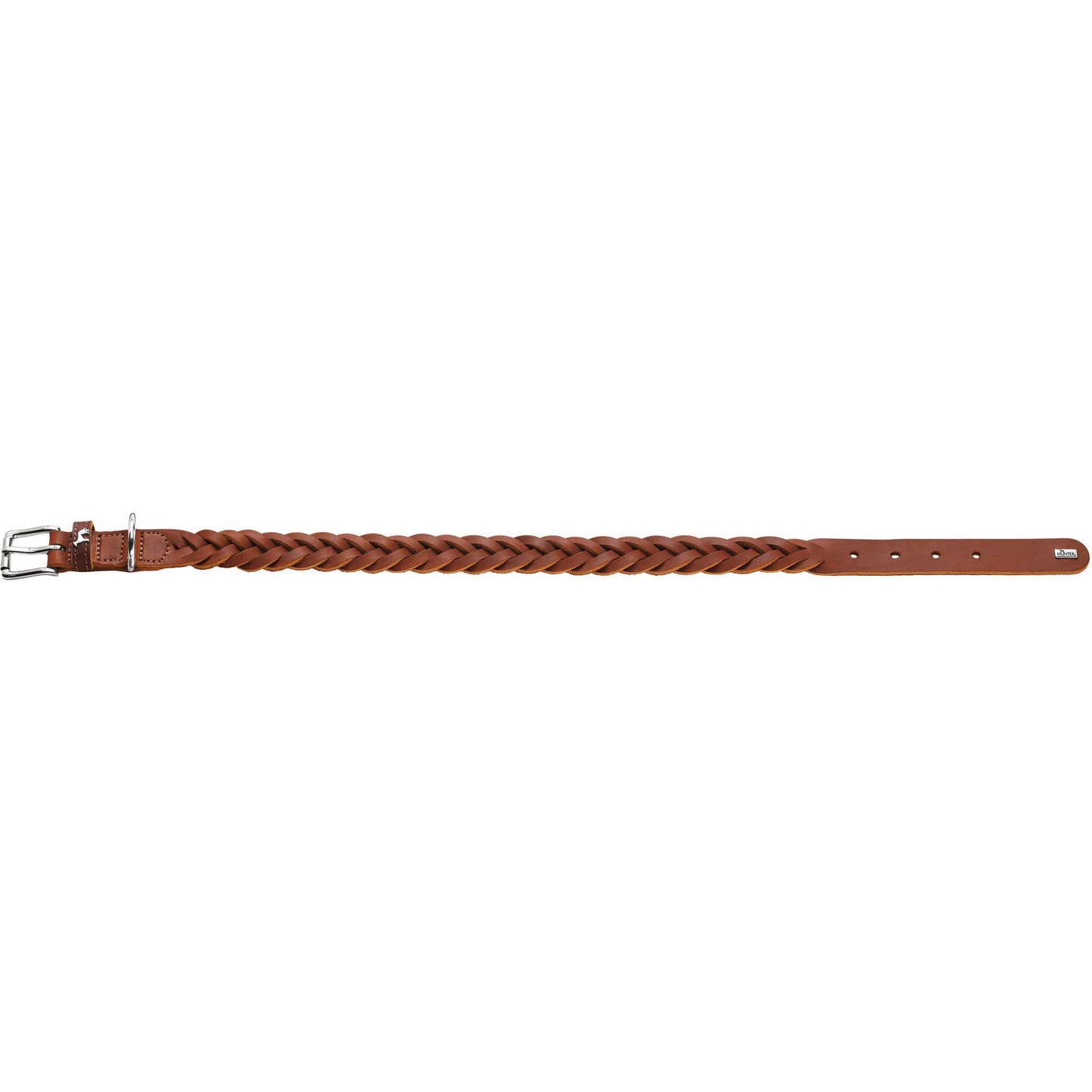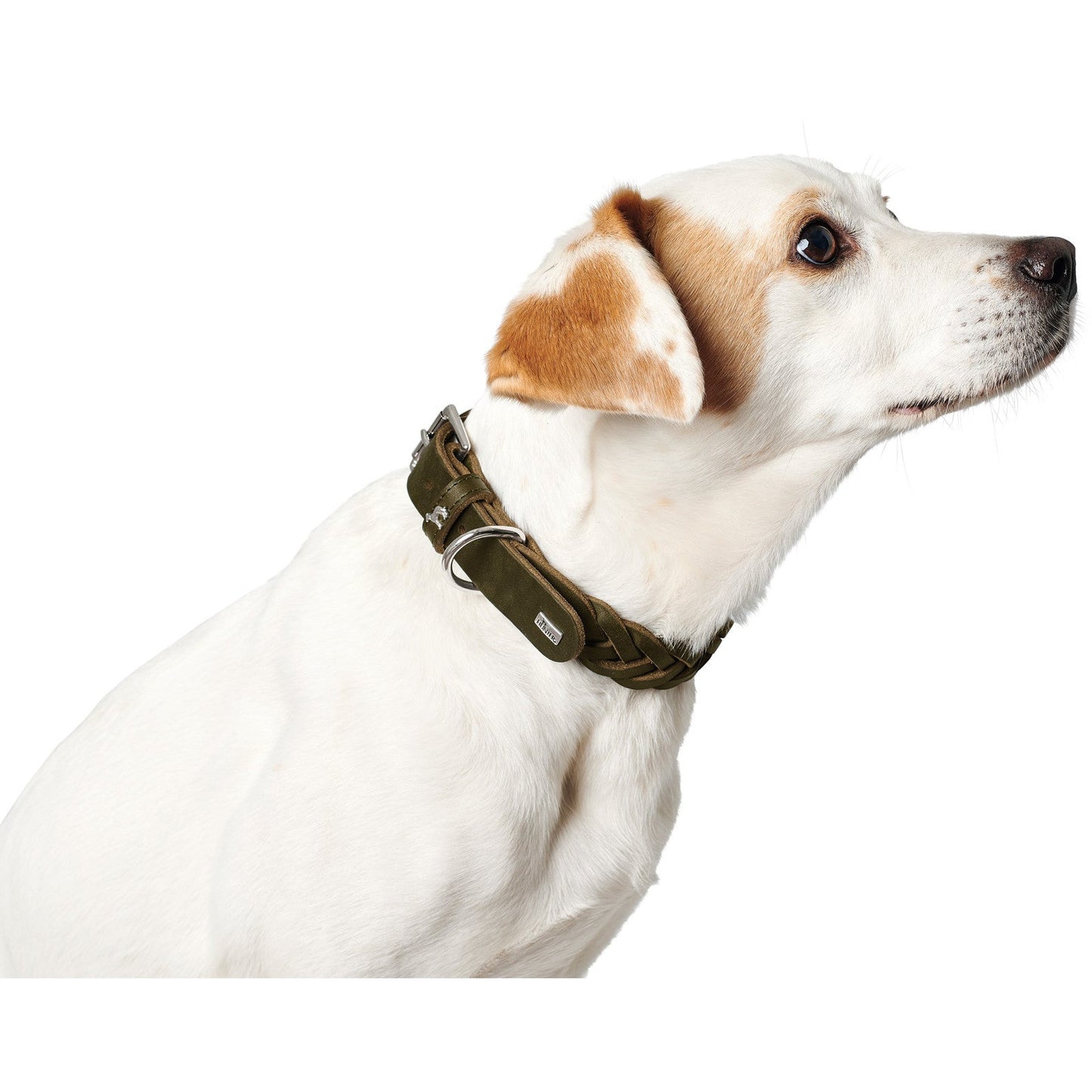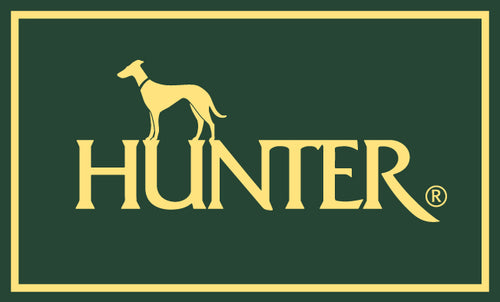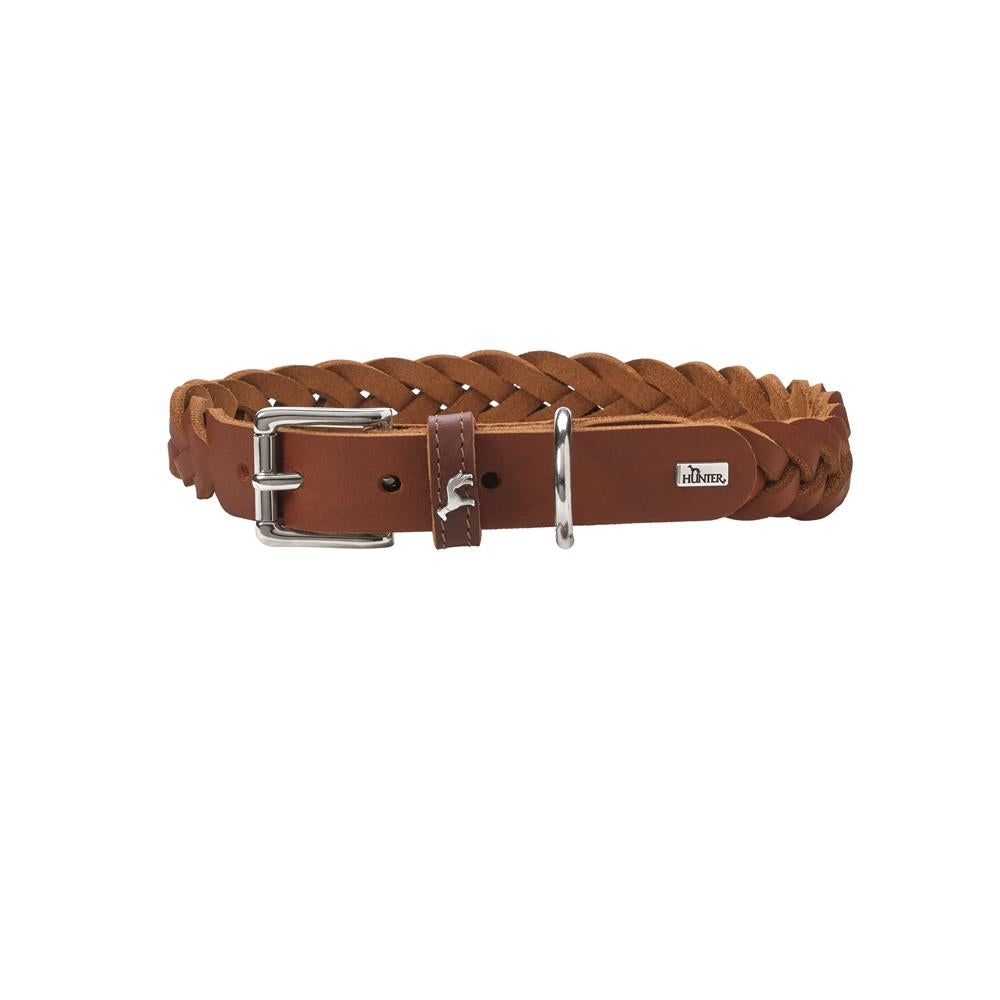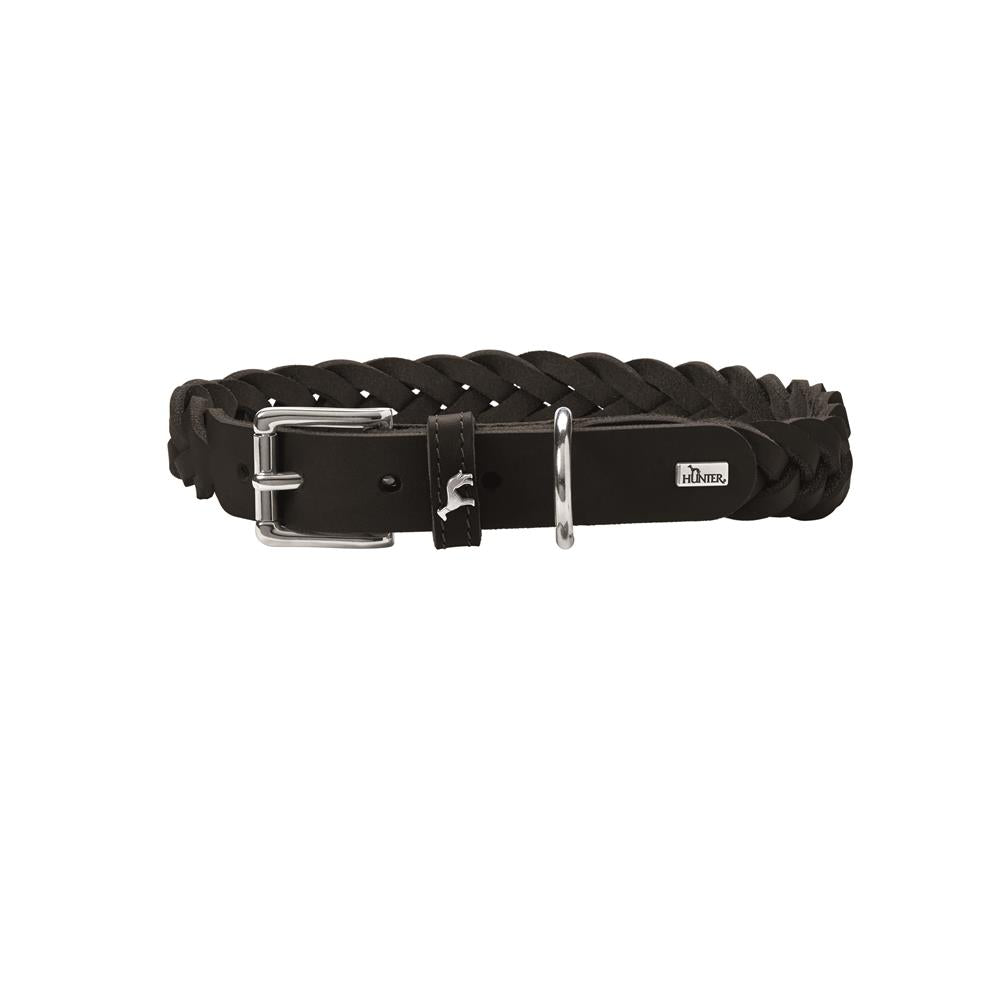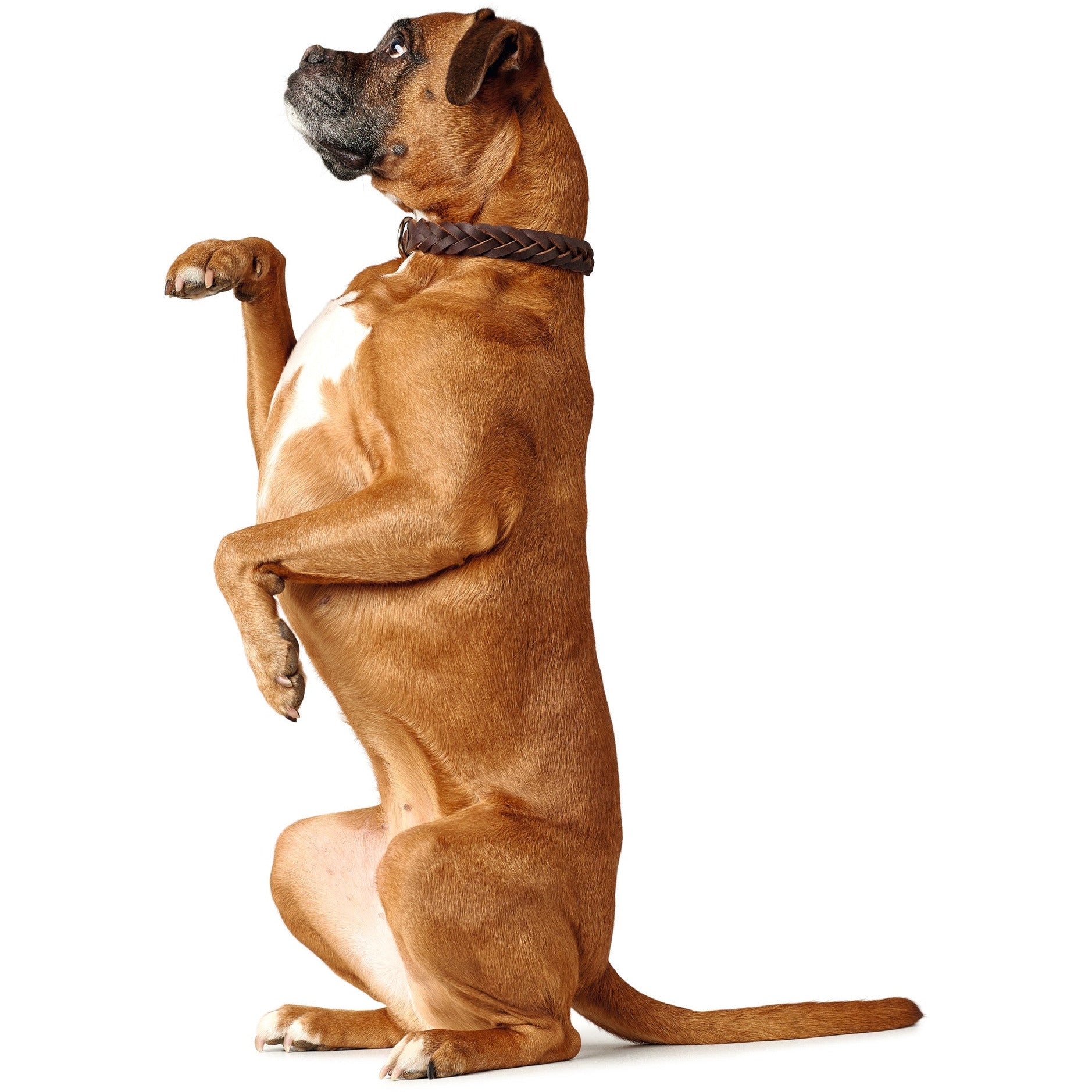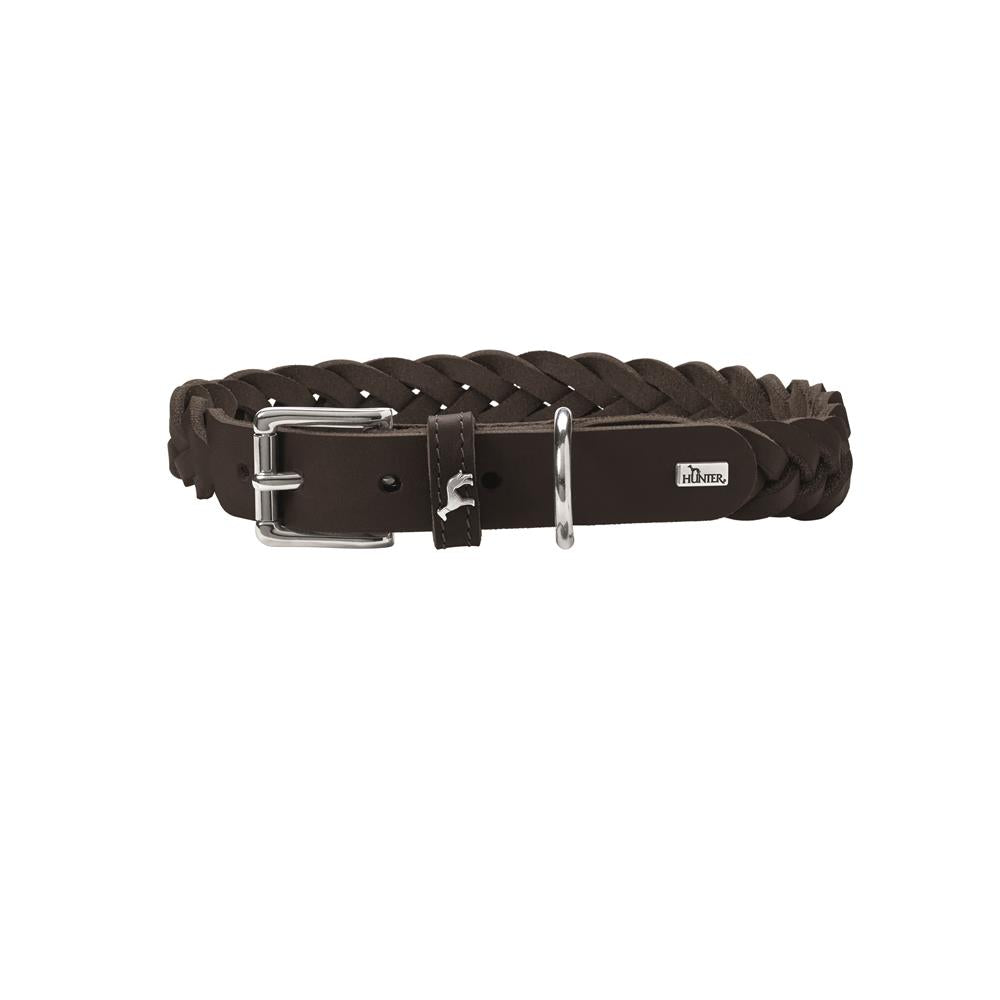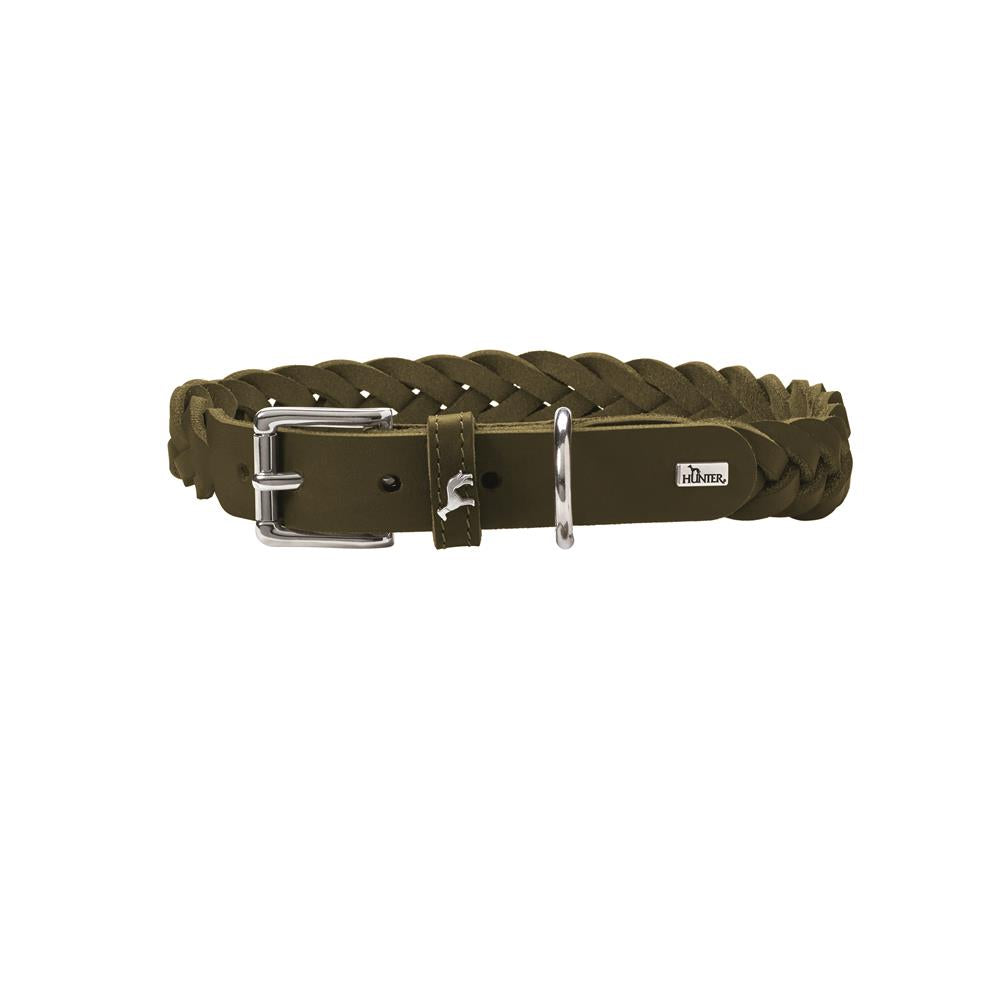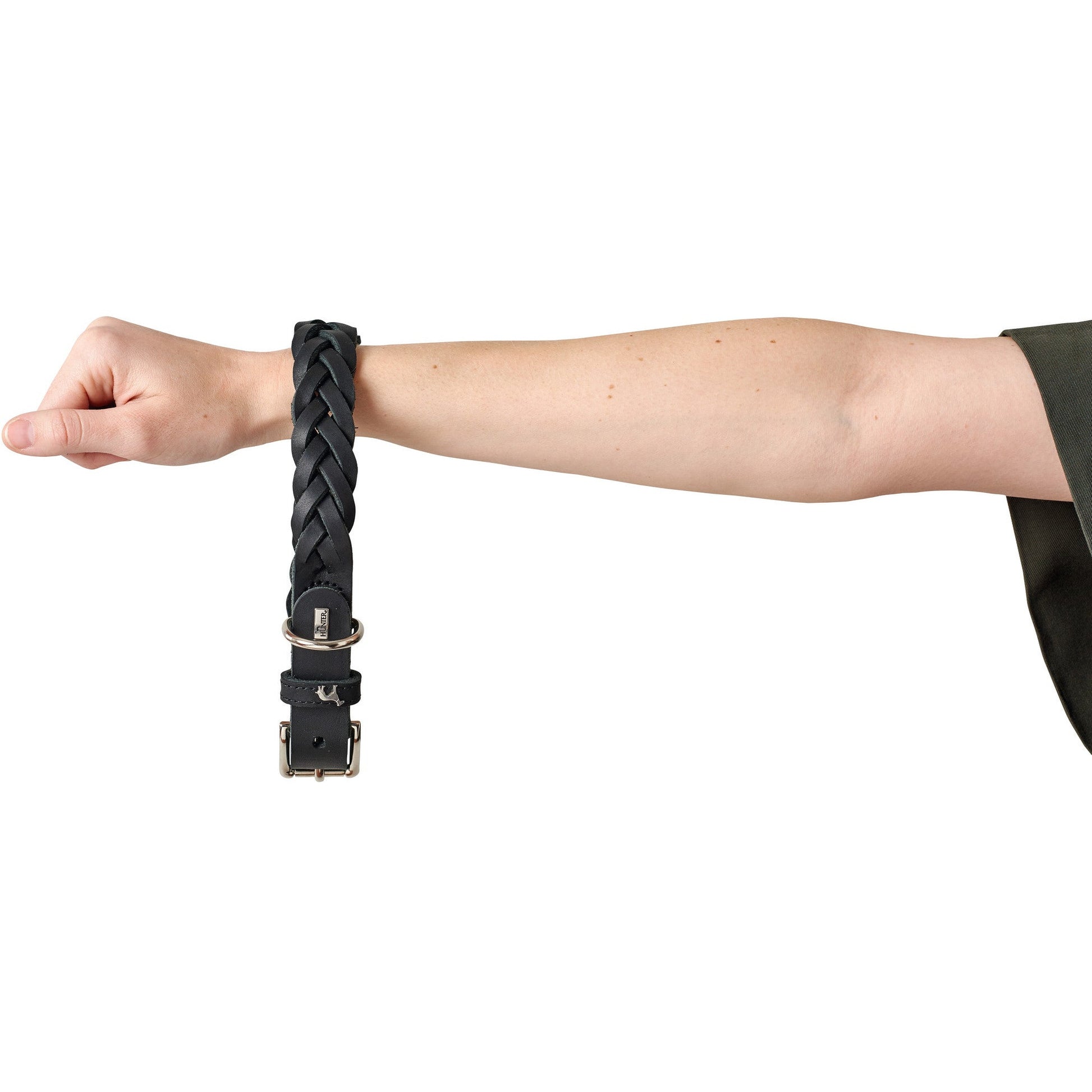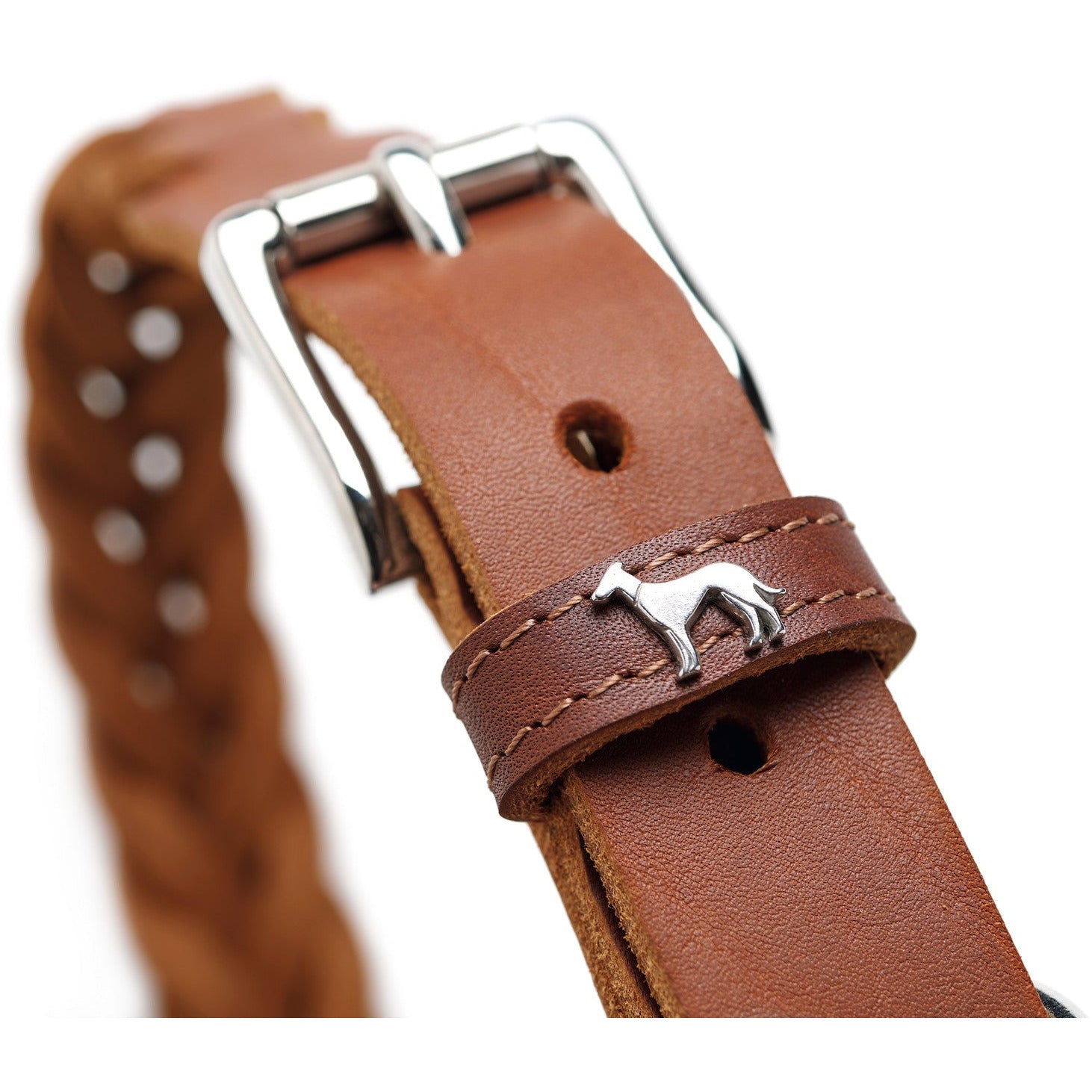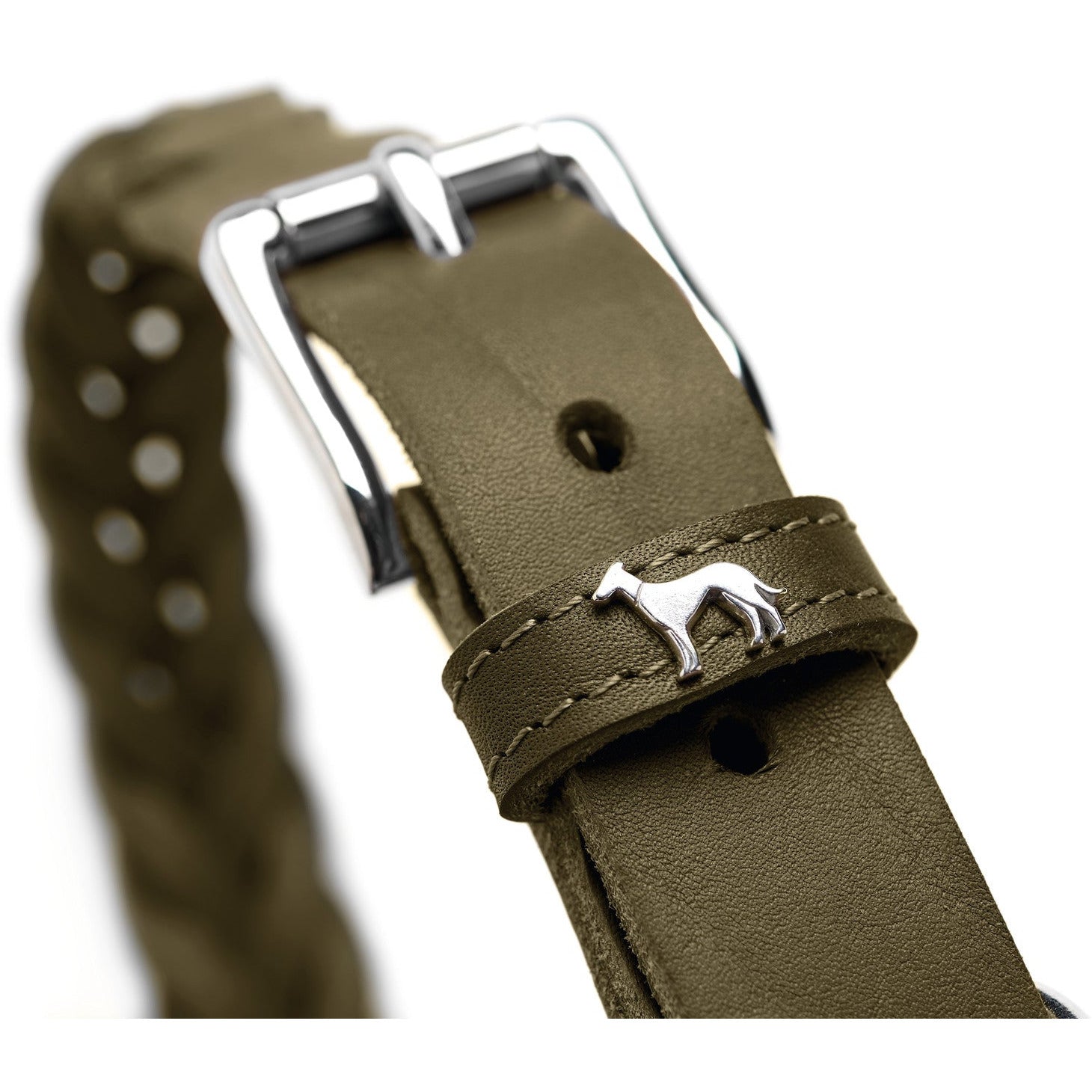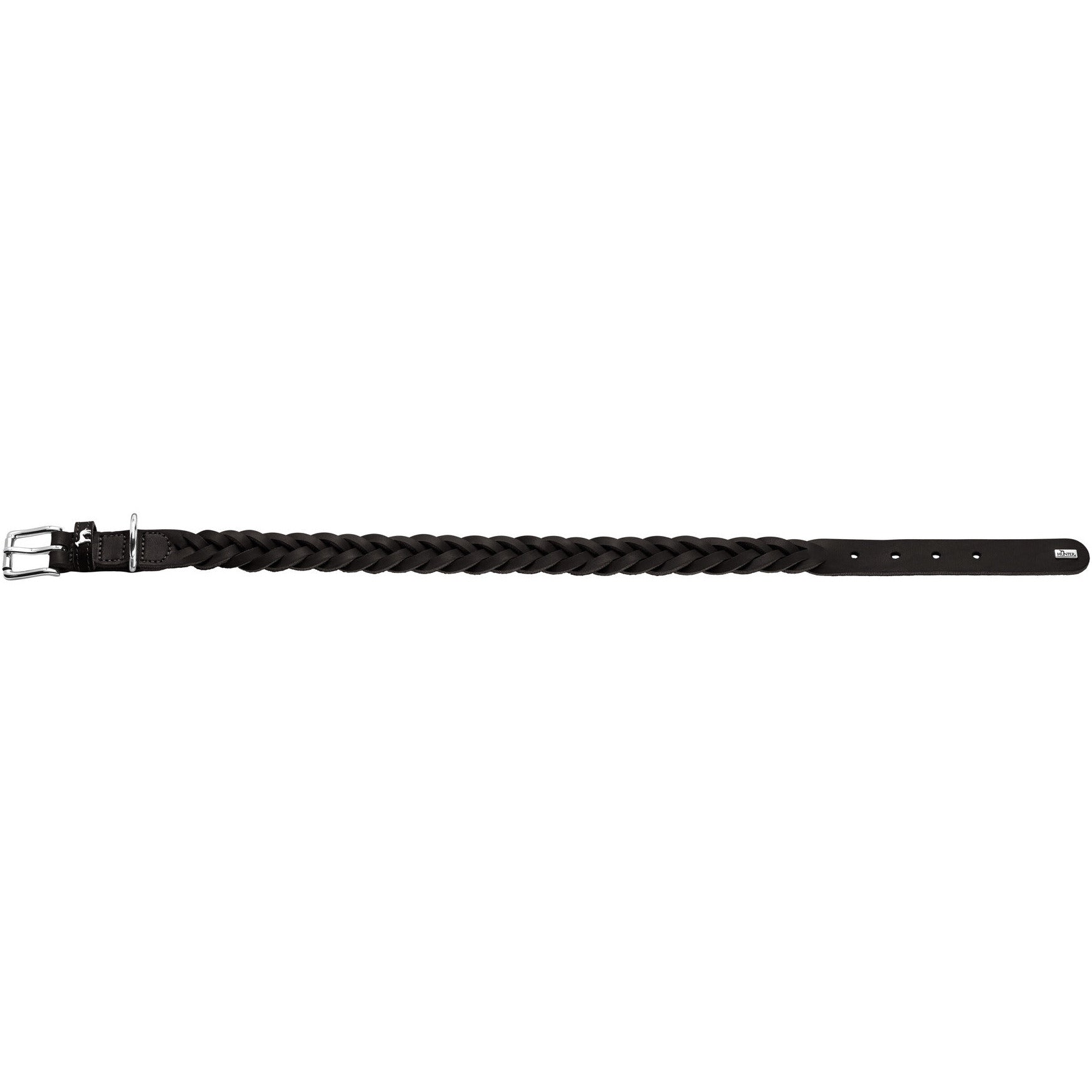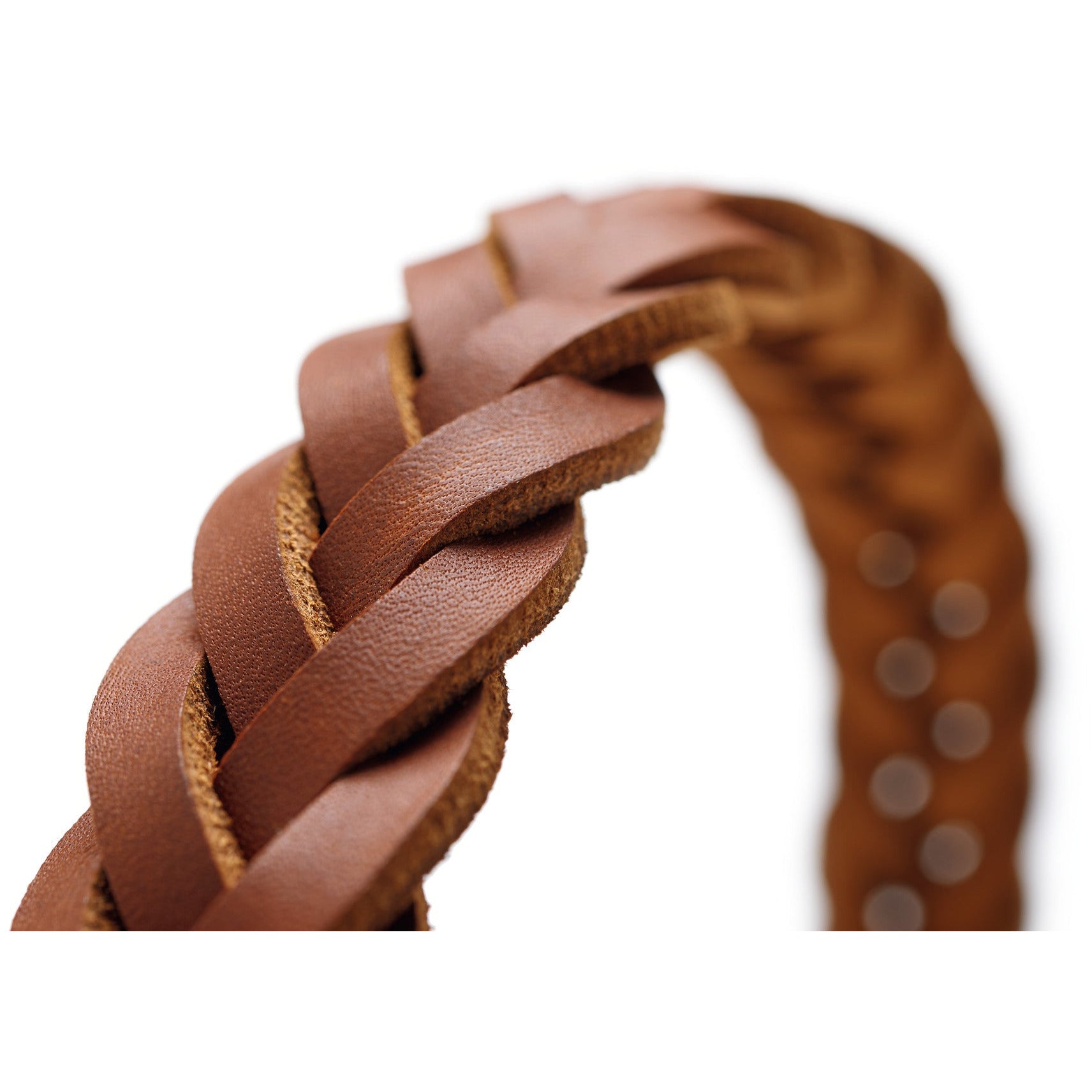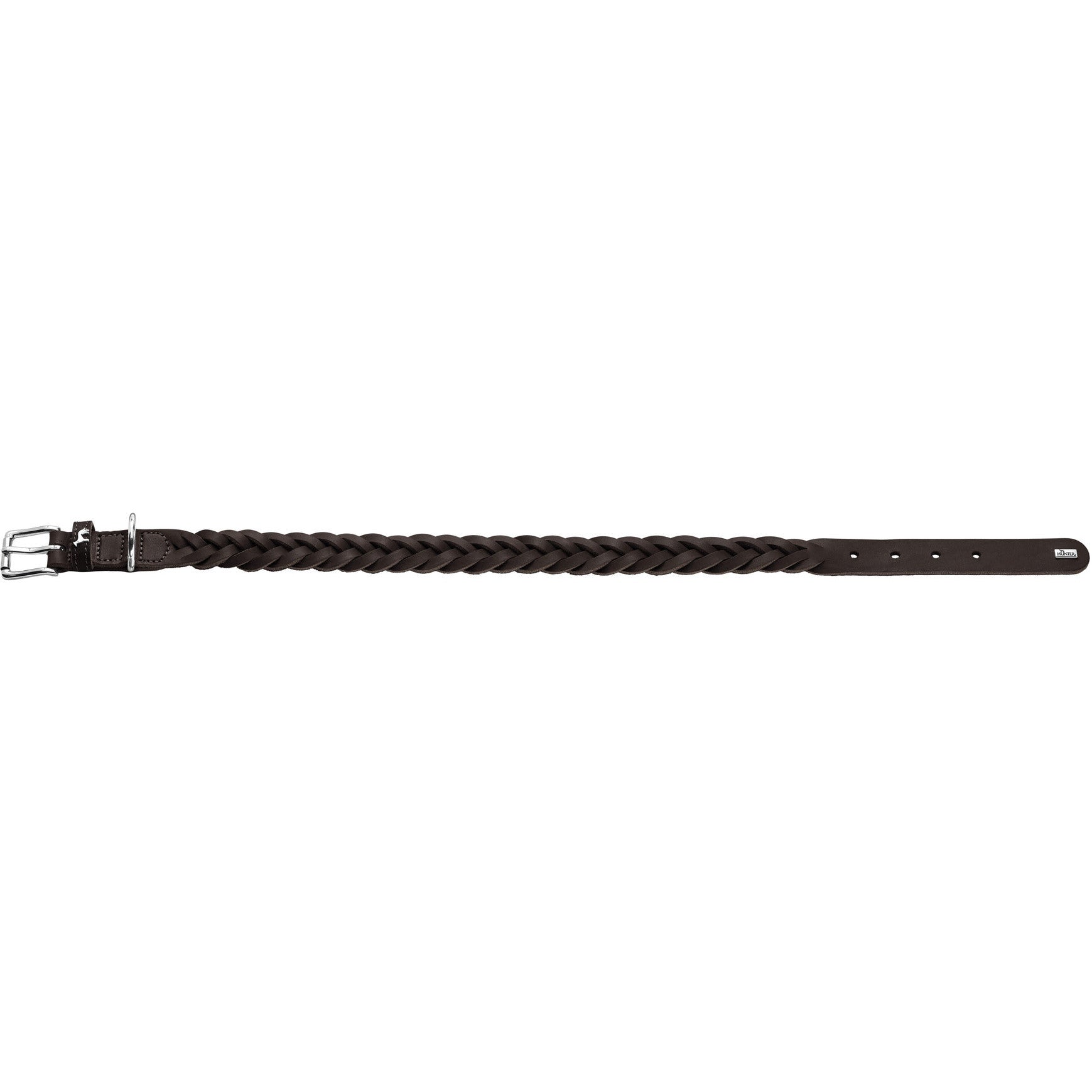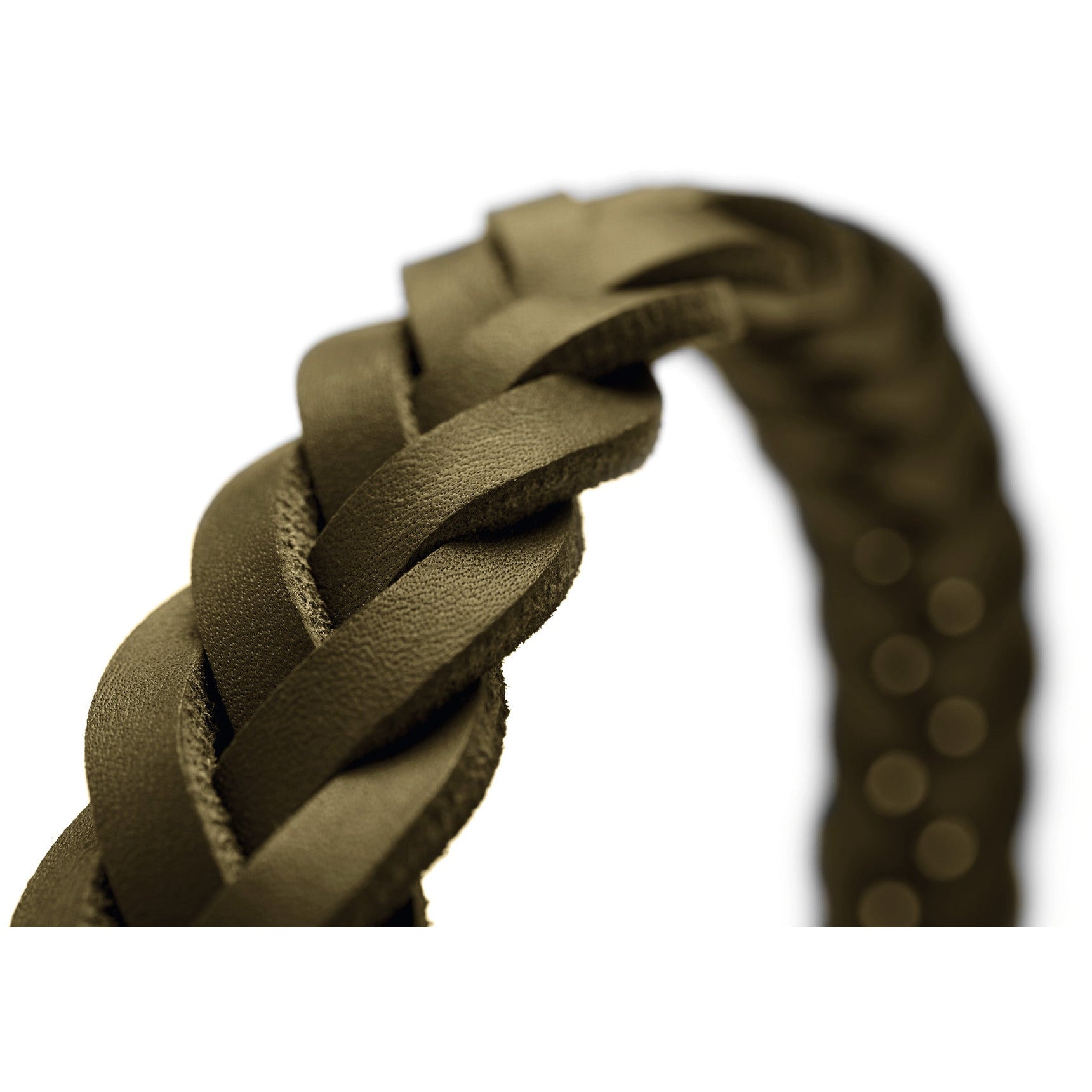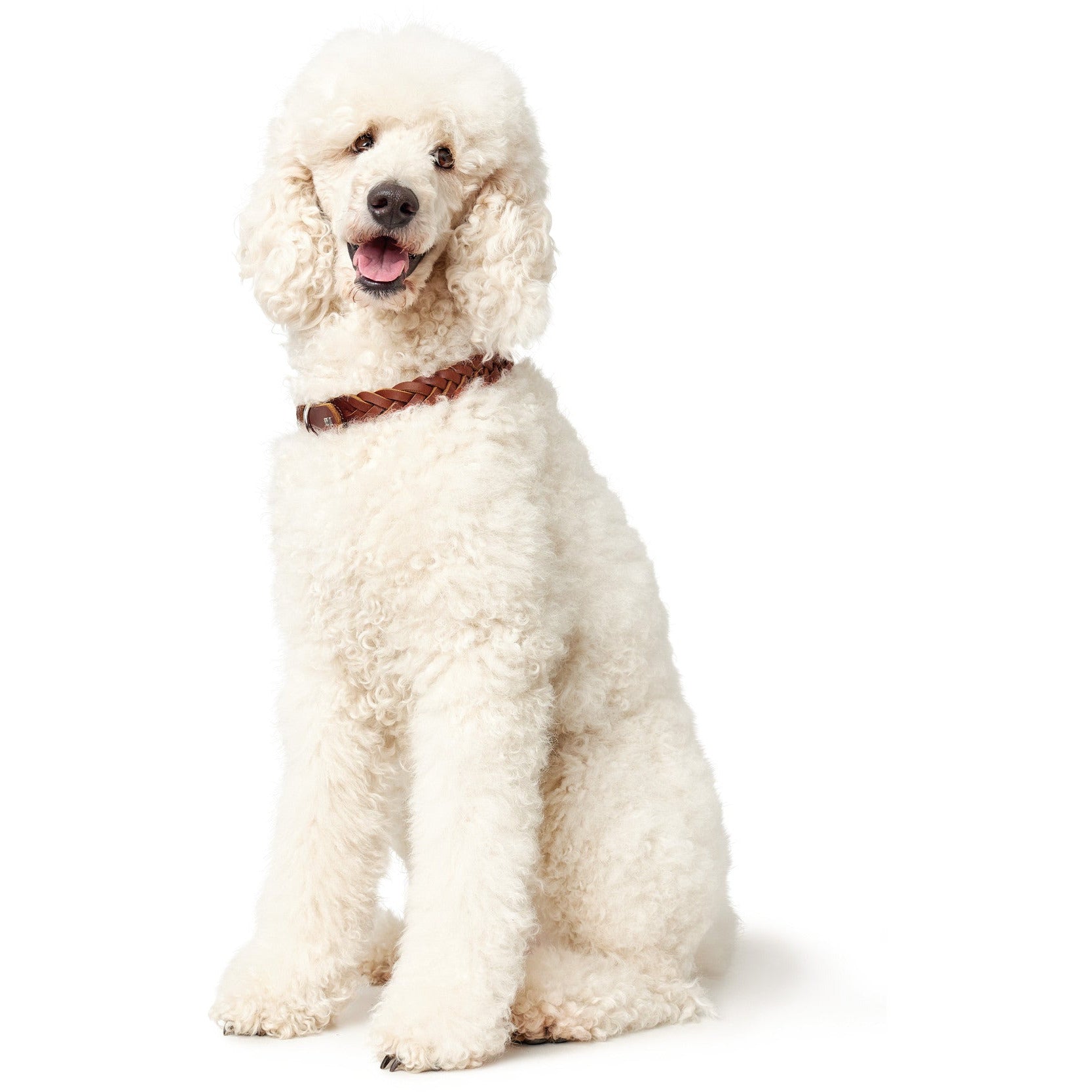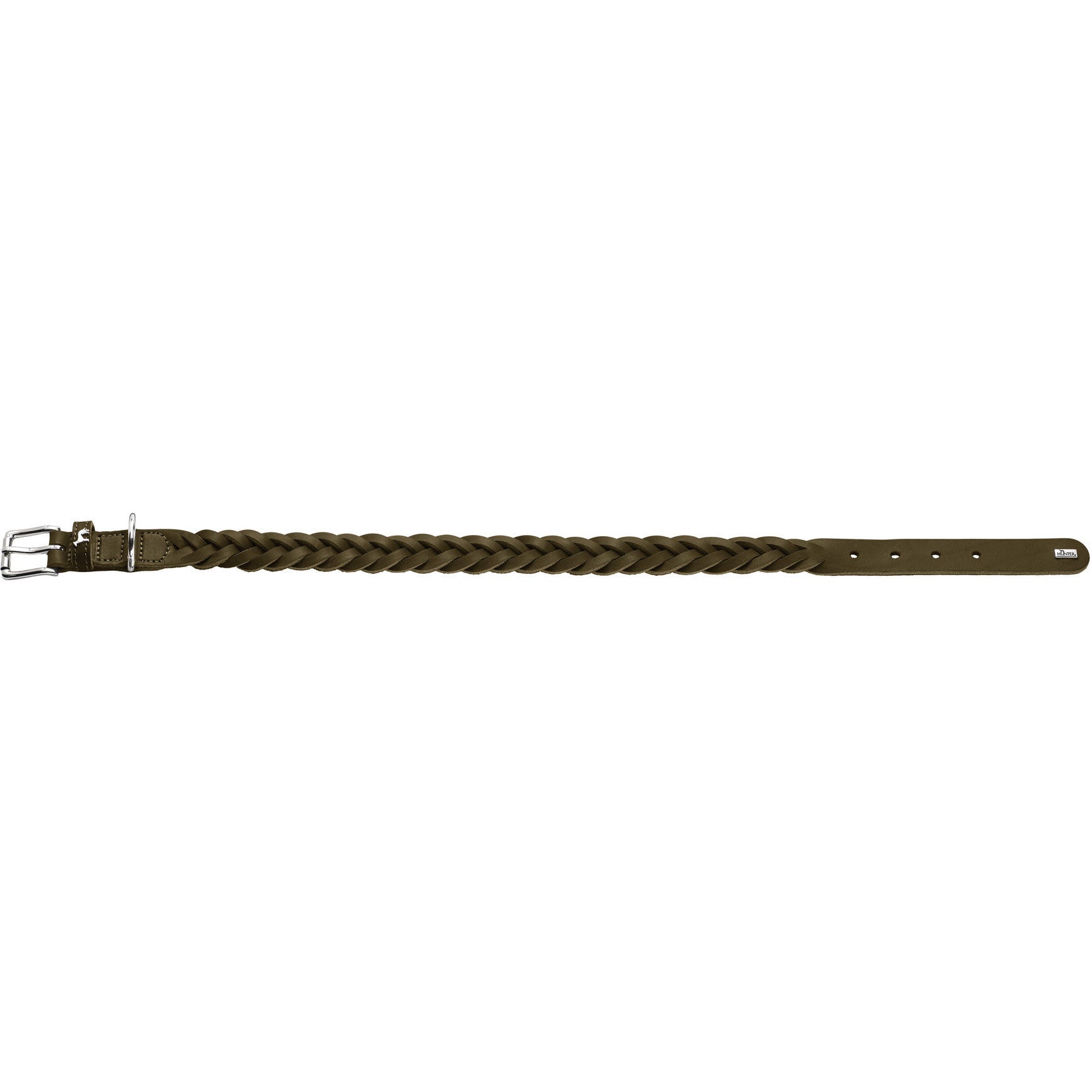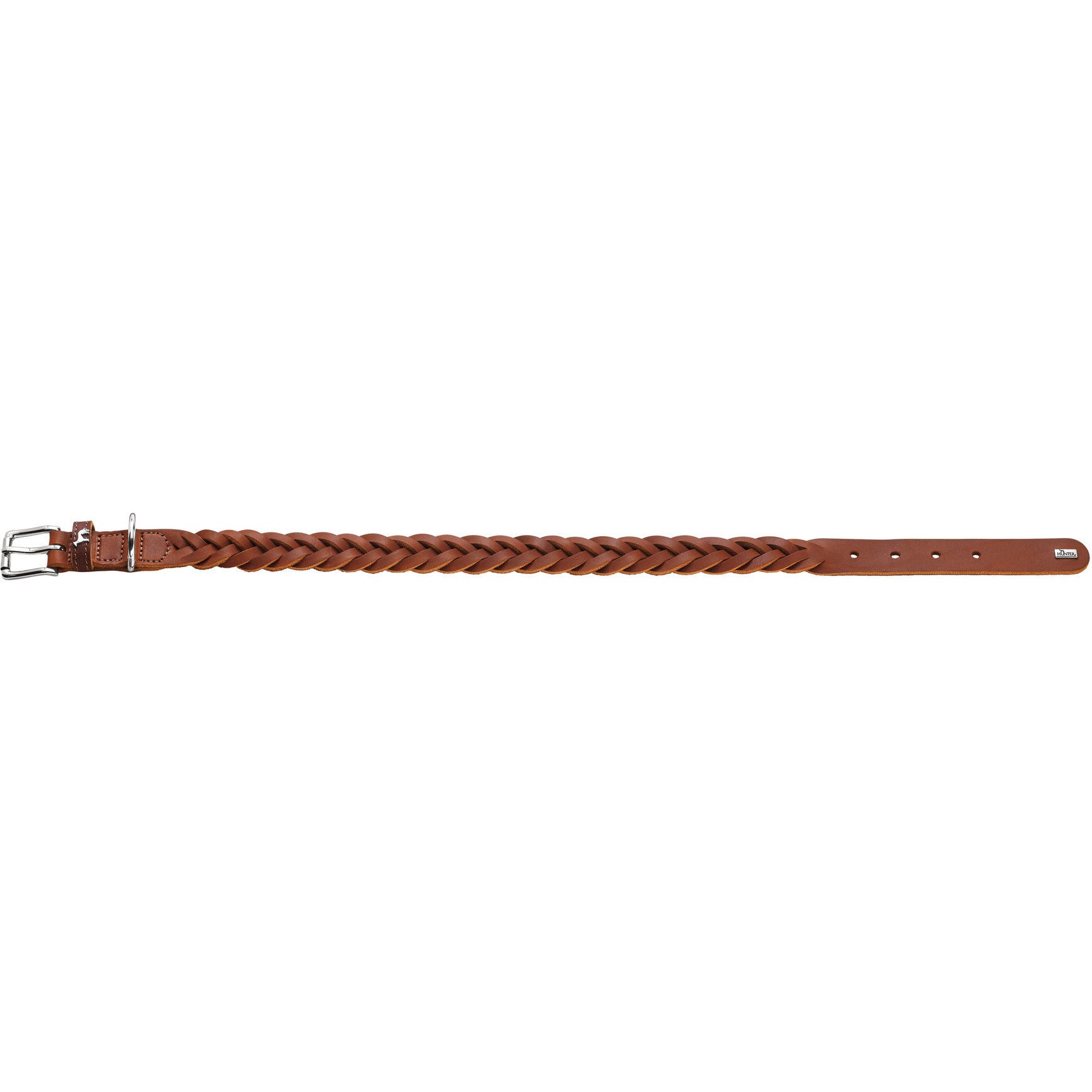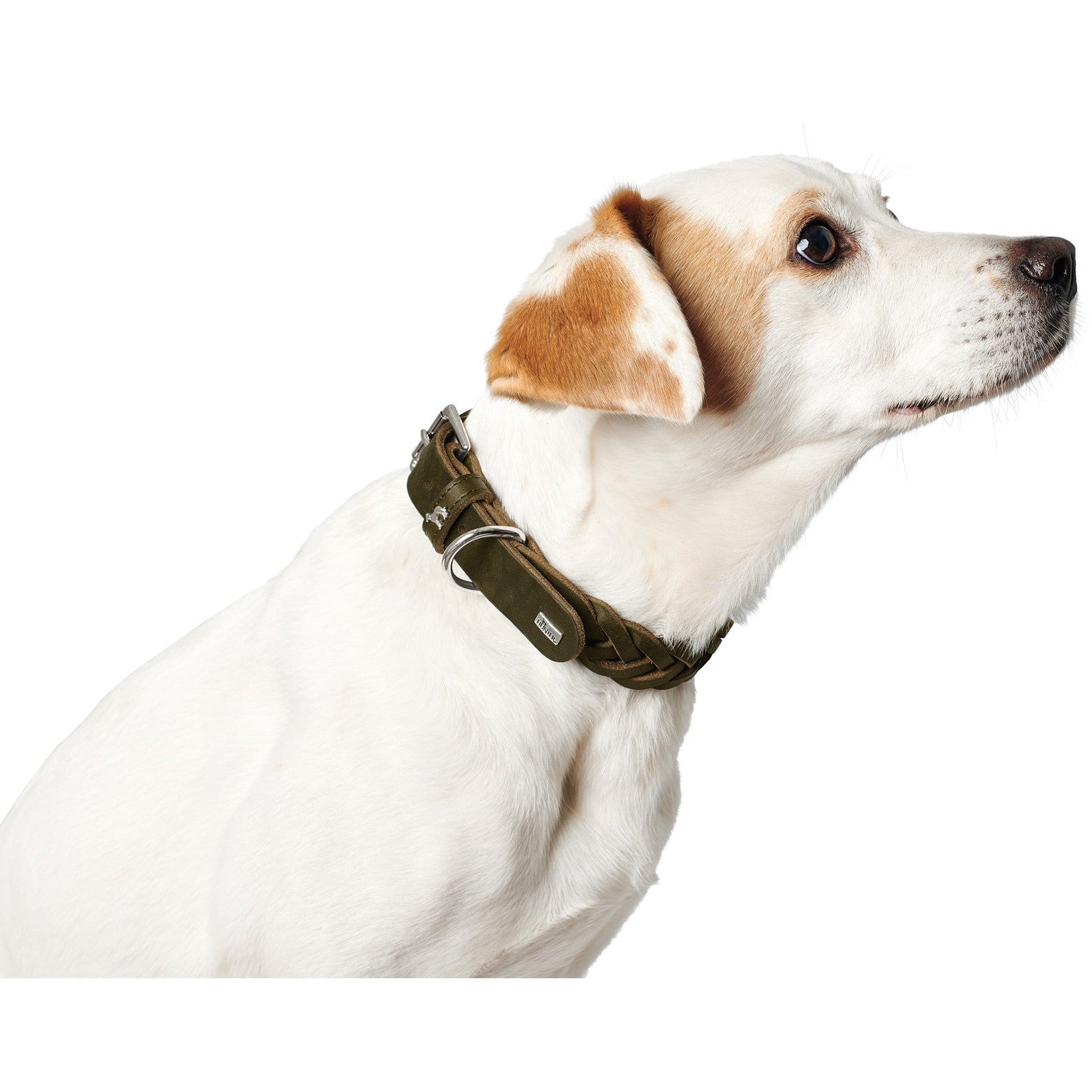Leather Solid Education Special Dog Collar
Leather Solid Education Special Dog Collar
Couldn't load pickup availability
- Description
- Measuring Instructions
Hunter Solid Education Collar, cow leather, hand braided.
“Is that hand-braided?” – Elements that, for us, are simply part and parcel of producing high-quality leather products, are a huge surprise and hard to believe for some dog owners. But every collar, every harness and every leash in our factory workshop has indeed been worked on by the attentive hands of trained HUNTER staff to make sure it can unfold its full splendour when finally placed on your dog.
The SOLID EDUCATION series is considered a classic in the HUNTER product range and stands out thanks to its refined look and the use of the pleasantly soft yet easy-care leather. Thanks to the artistic braiding, the SOLID EDUCATION SPECIAL collar looks especially classy and light.
With its jewellery trimming in the shape of the HUNTER dog on the strap, you show any interested dog lovers that you accept only the best for your beloved friend. Notice: Our leather is produced as gently as possible. With a dyed leather there may be a slight discolouration.
Due to the special processing of this article, a slight stretching of the leather by 1-3 cm cannot be excluded.
Measure the circumference of your dog’s neck (A) by placing a flexible tape measure around the middle of the neck. The tape measure should be tight but not restrict your dog. Leave approximately one finger’s breadth between the tape measure and your dog. Because the specifications for adjusting our various collars usually overlap slightly, you do not necessarily have to use the first or last hole to guarantee an optimal fit. Should the circumference of the neck of your dog be at the upper end of the measurements specified then you can alternatively choose the next larger size. This is especially recommended for dogs that are still growing.
Our collar sizes (e.g. size. 30) relate to the total length of the material used without taking the buckle and the fastener into consideration. It should be noted that when considering the range of adjustments the first value relates to the smallest and the second value to the largest adjustment possible.

Share
